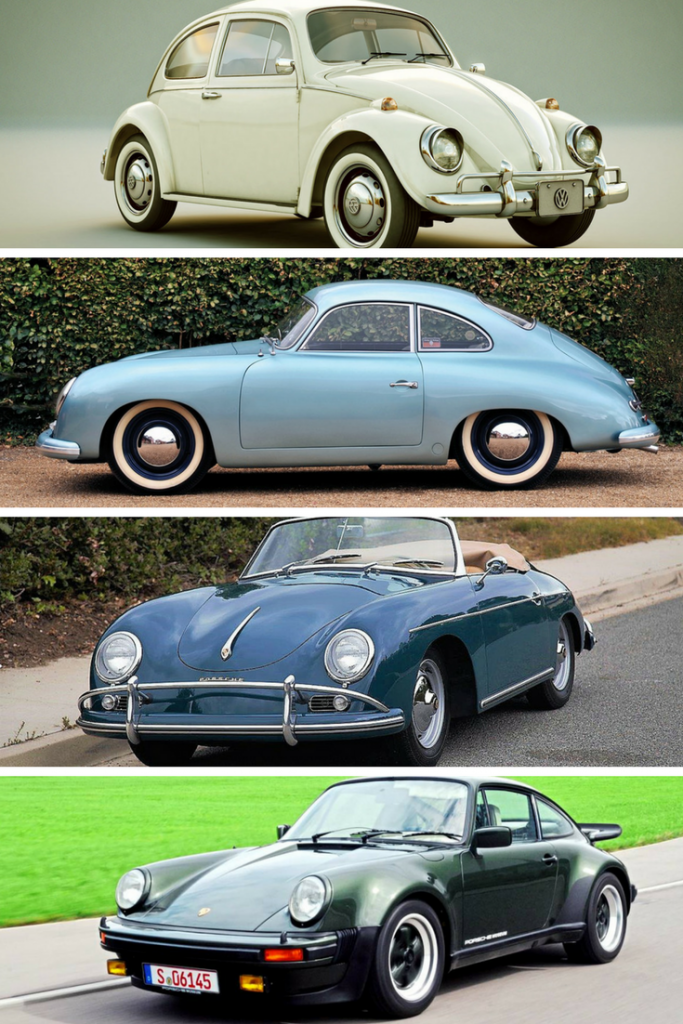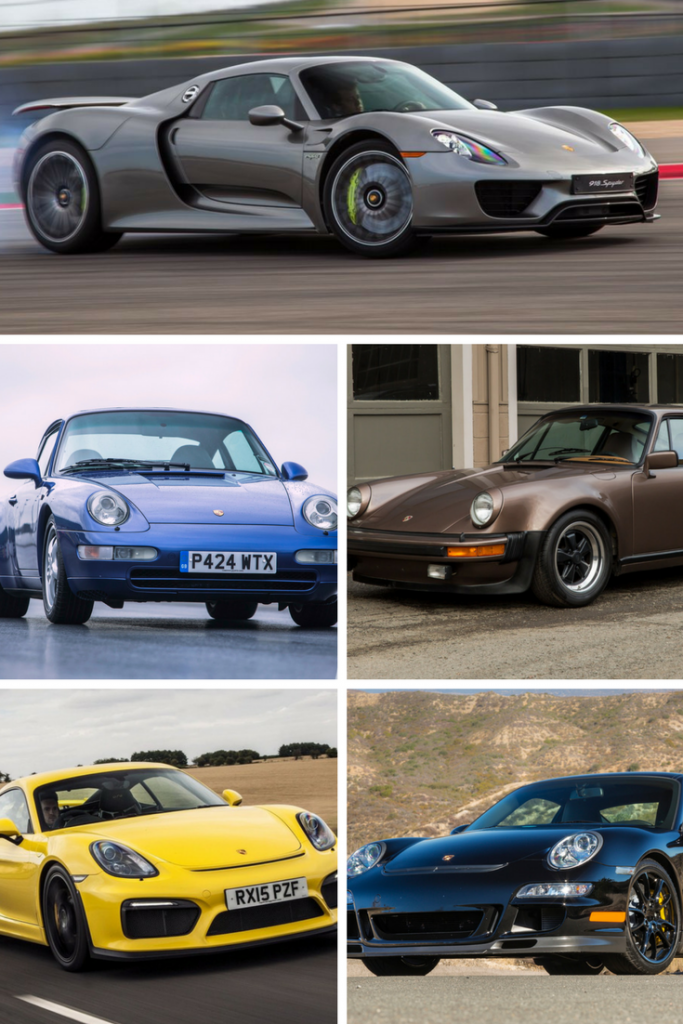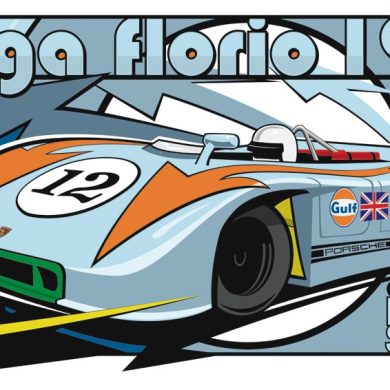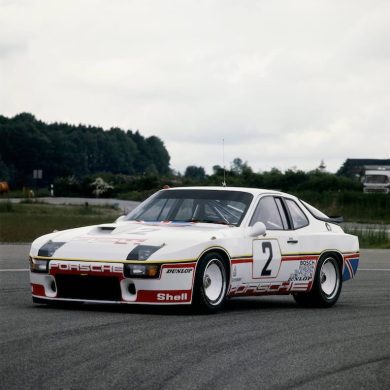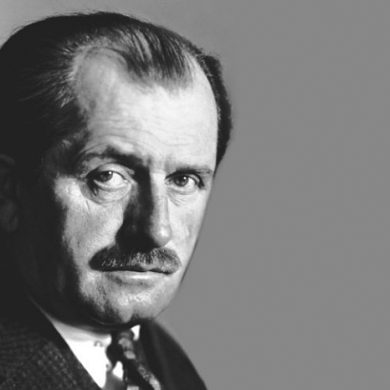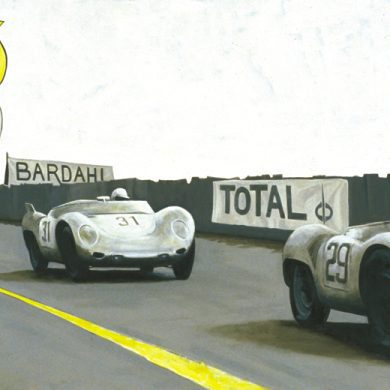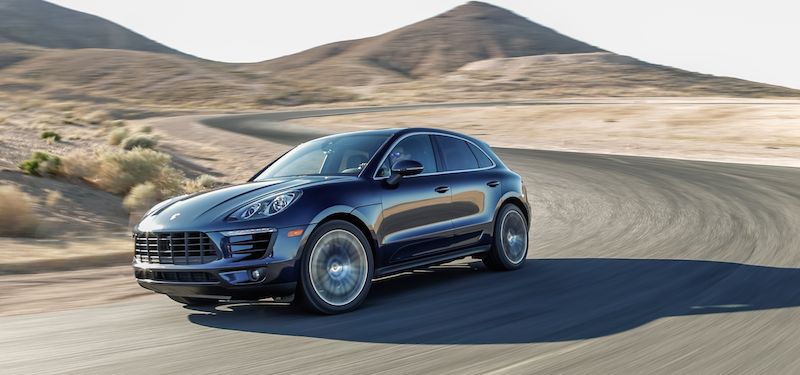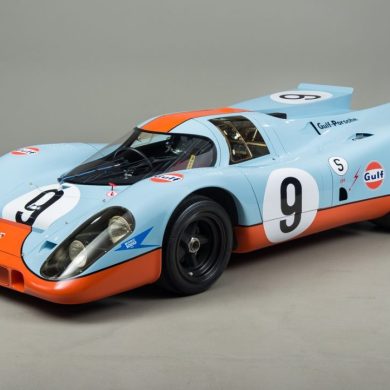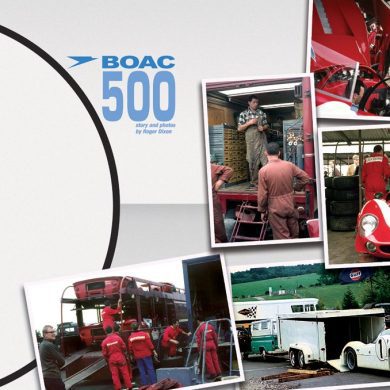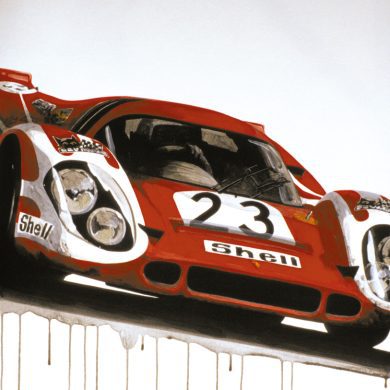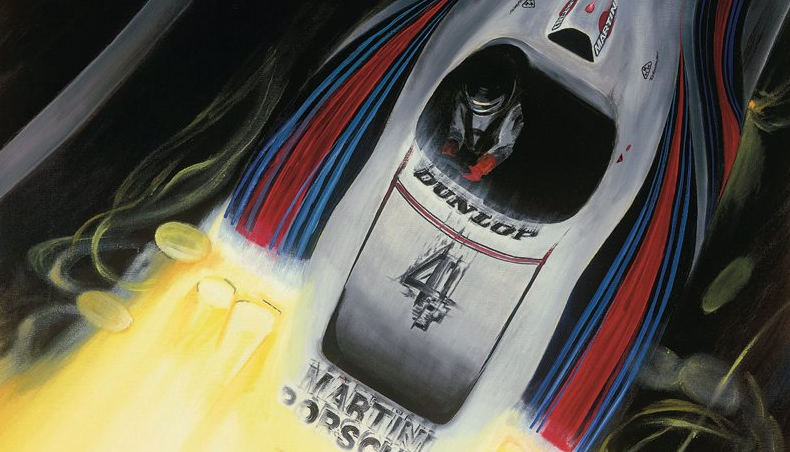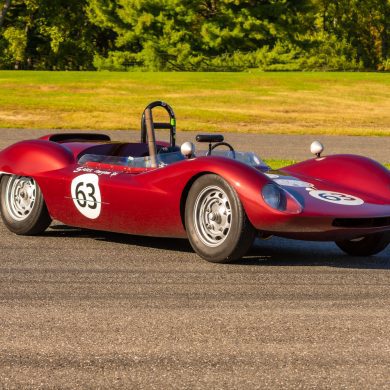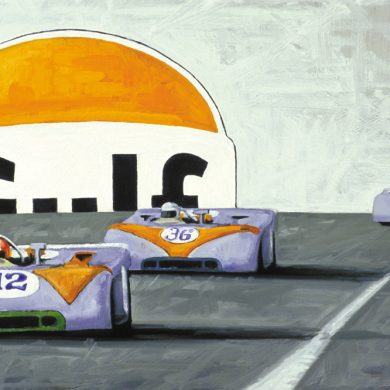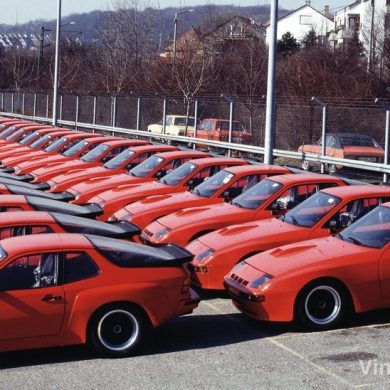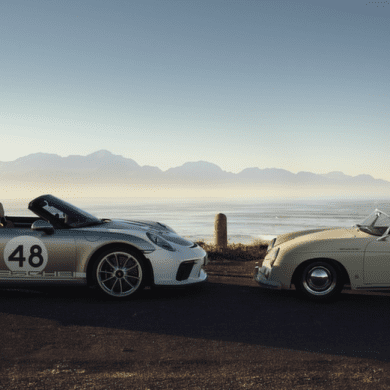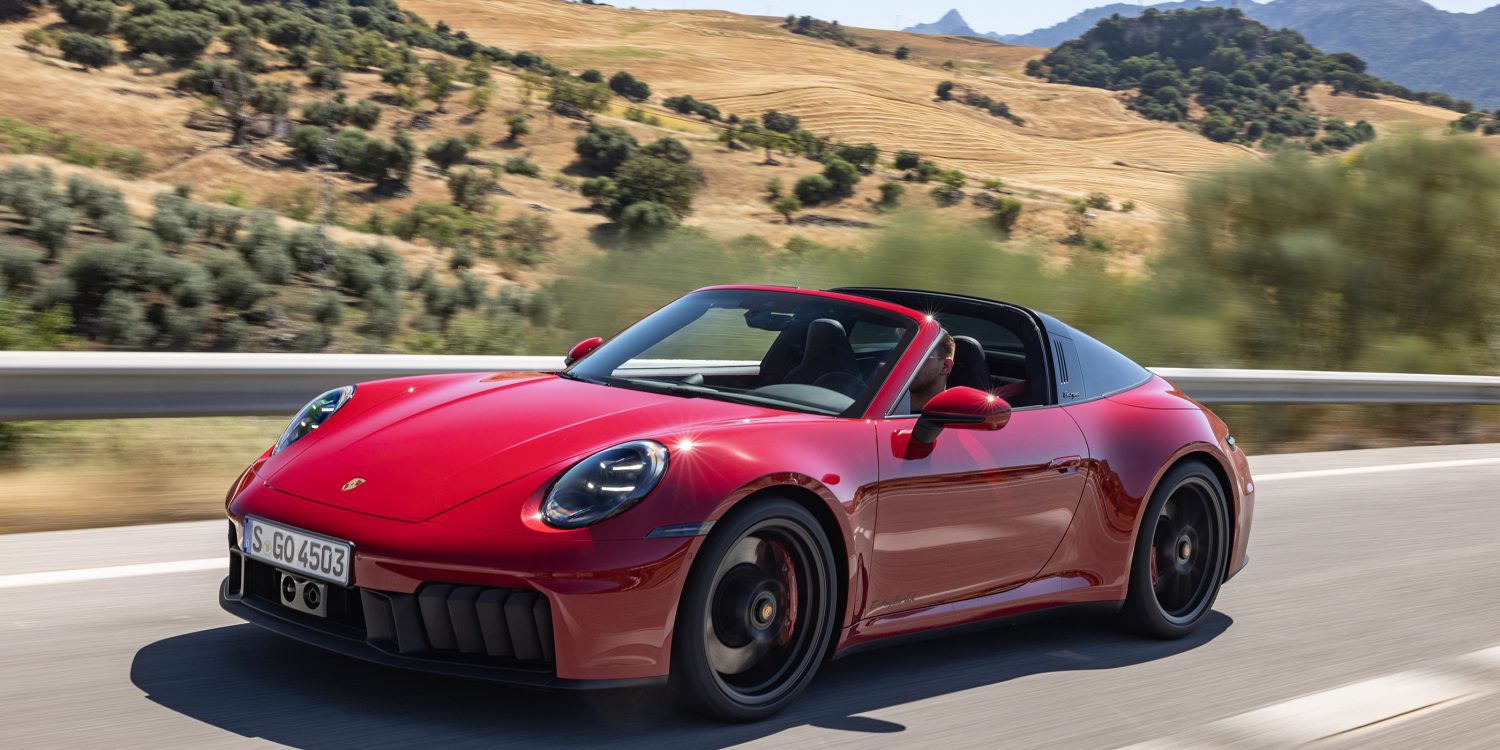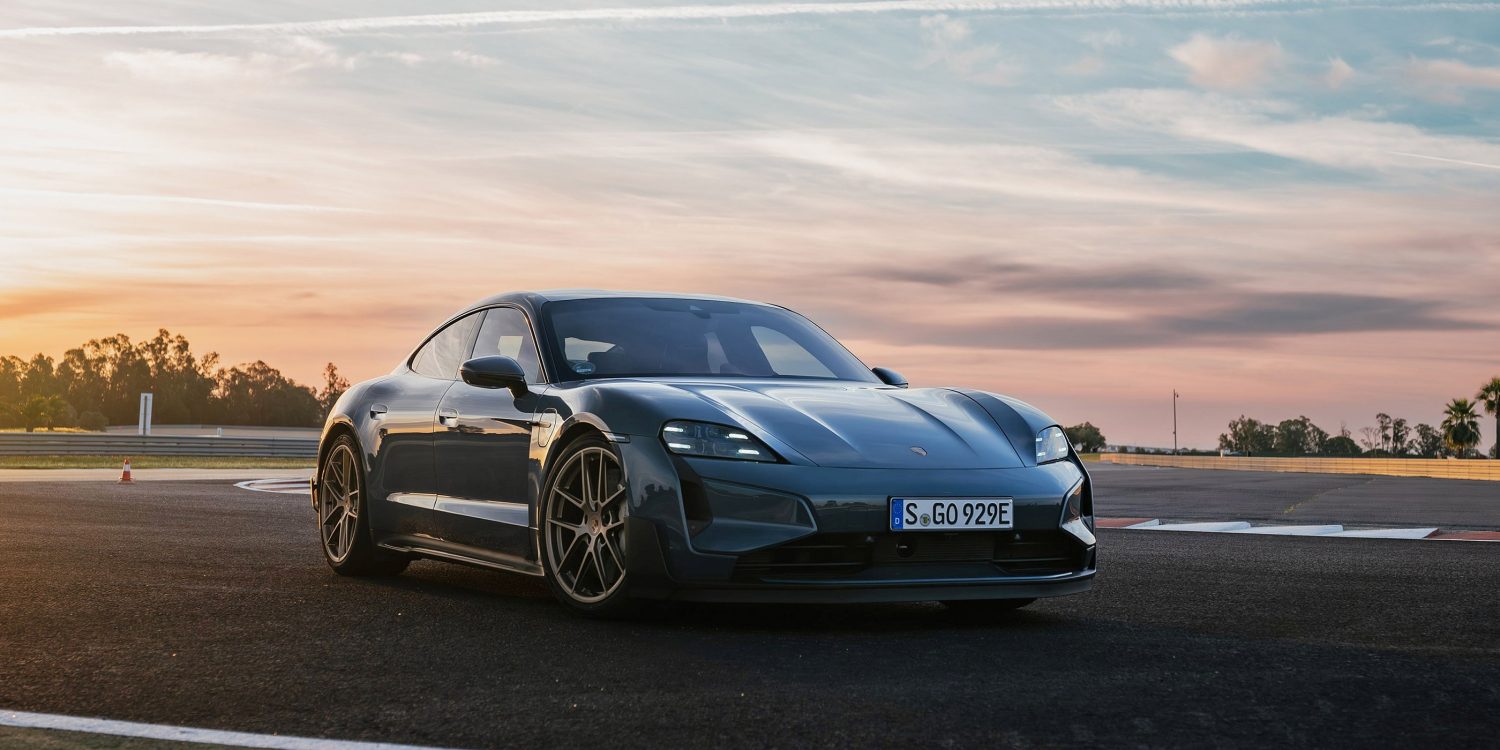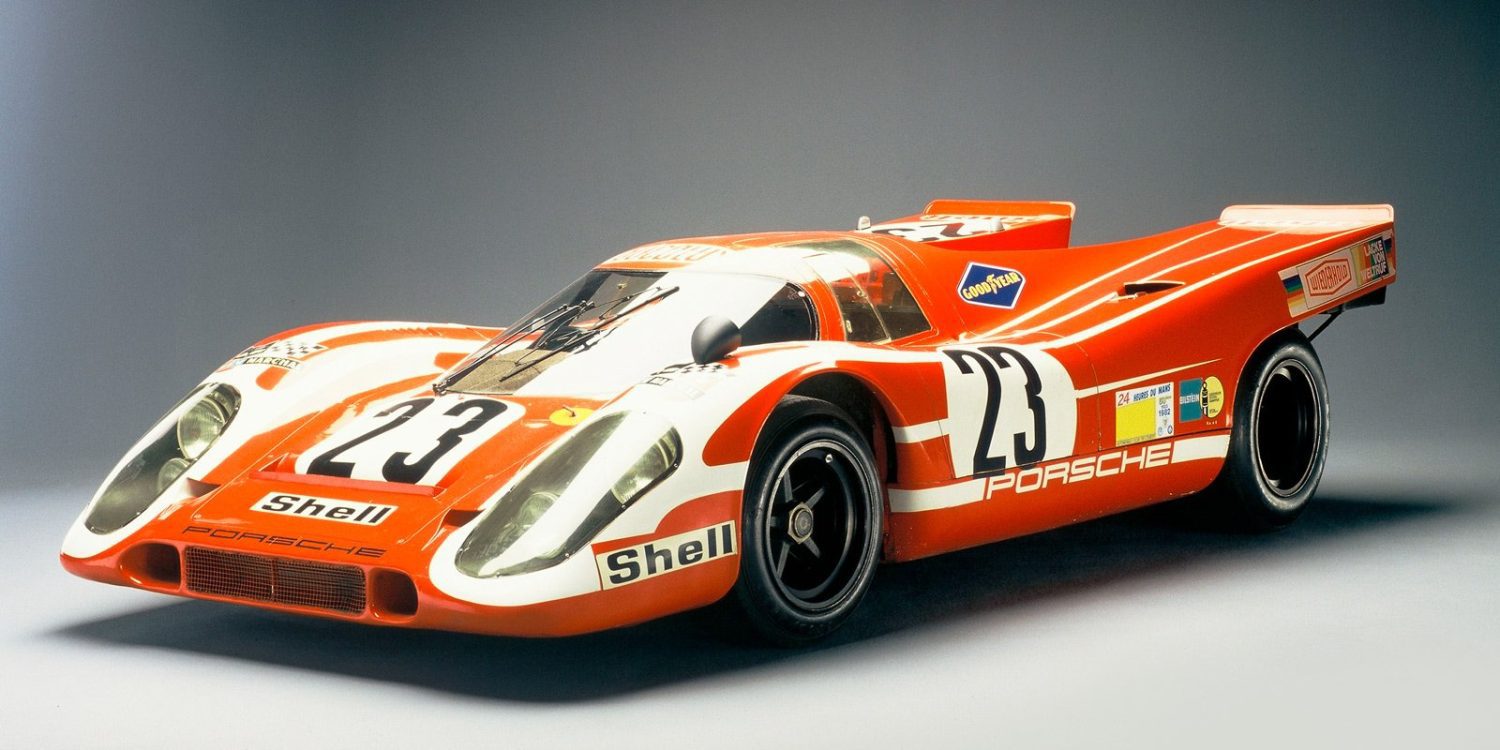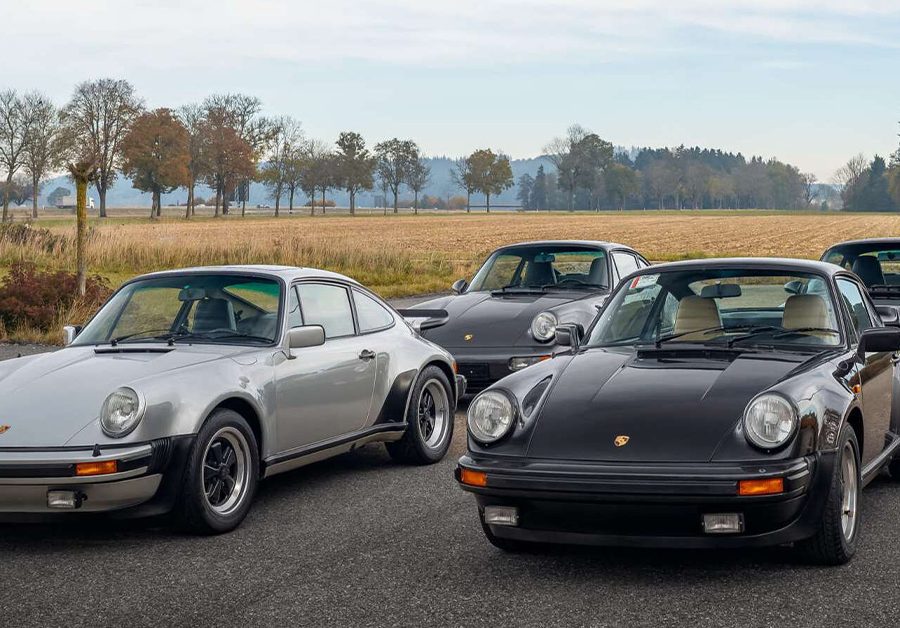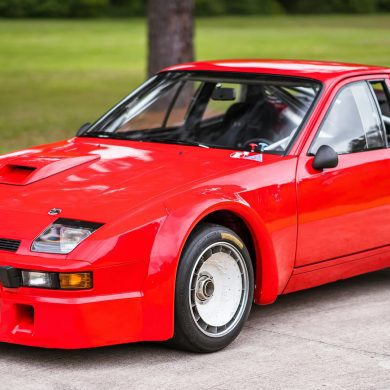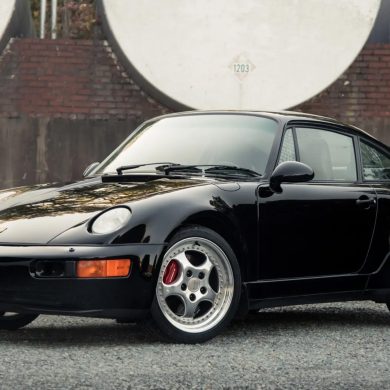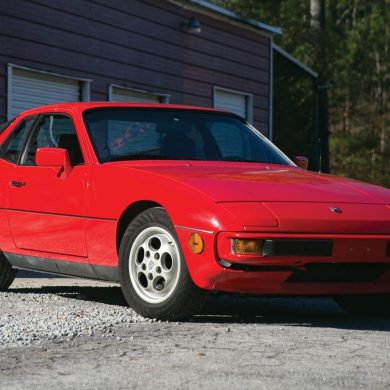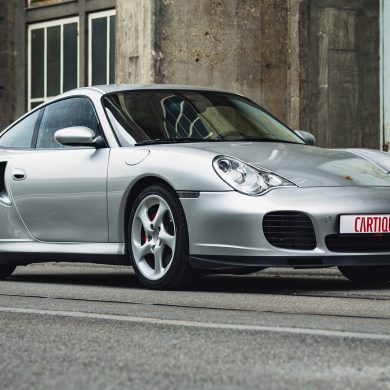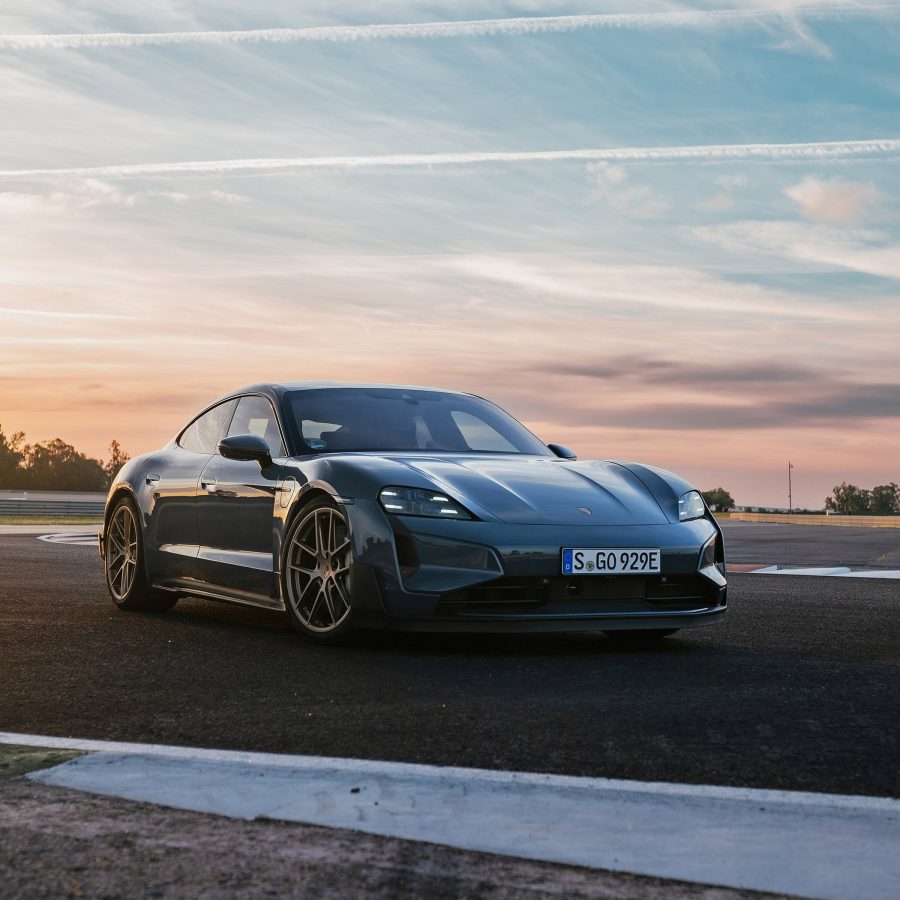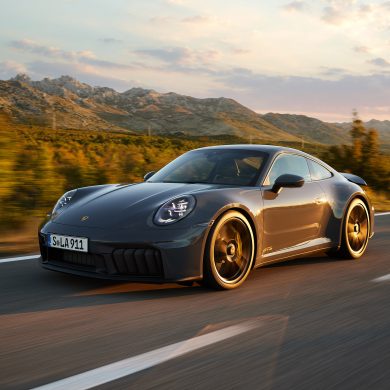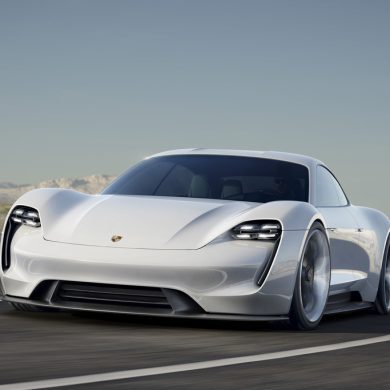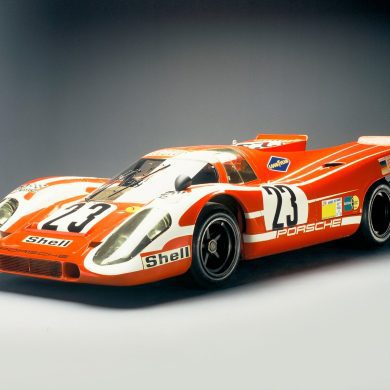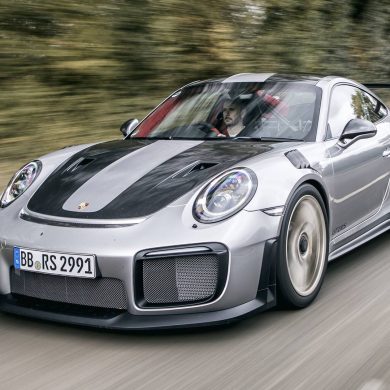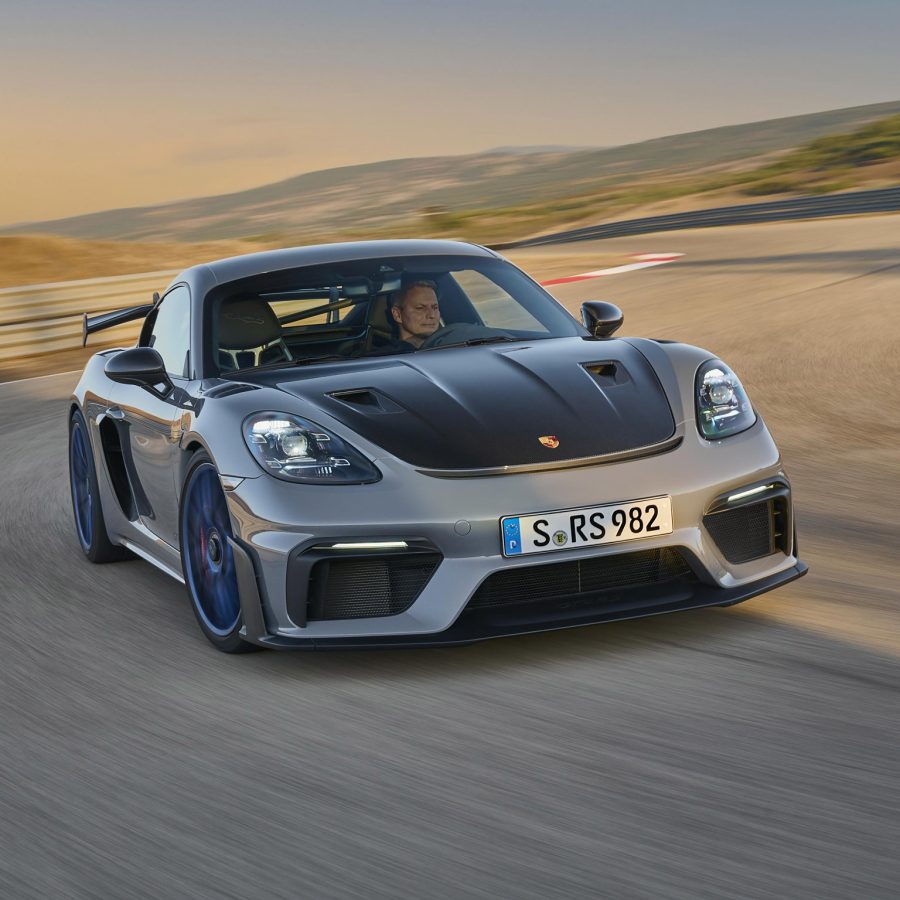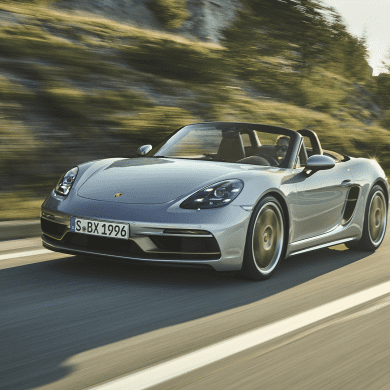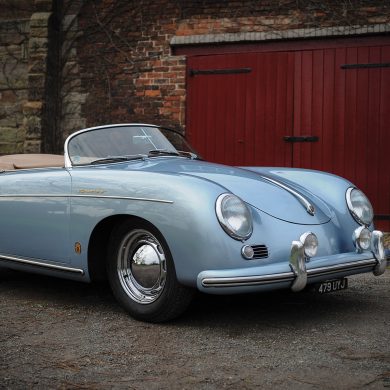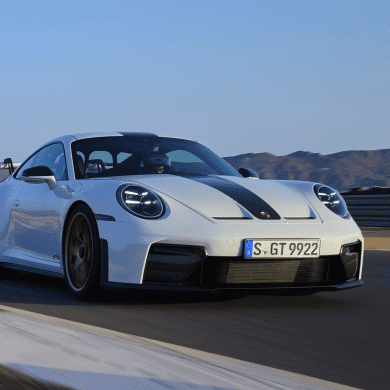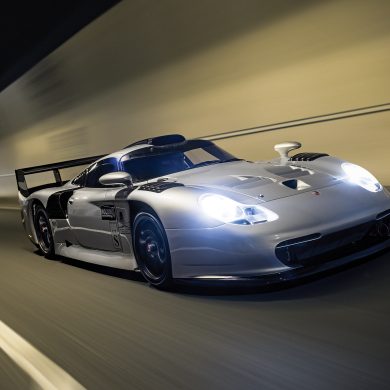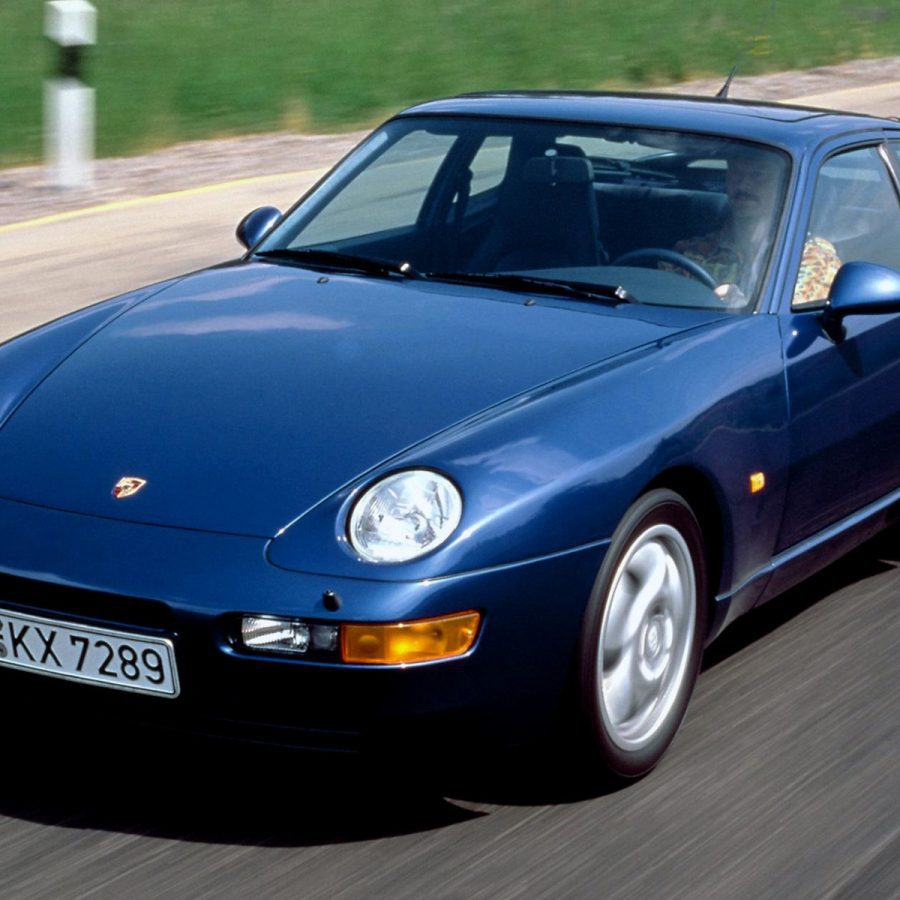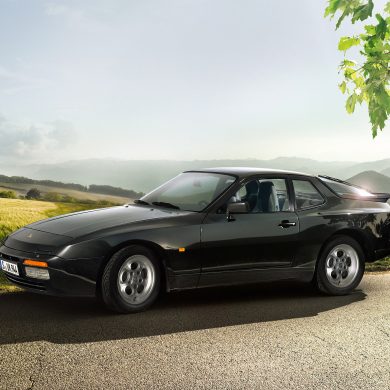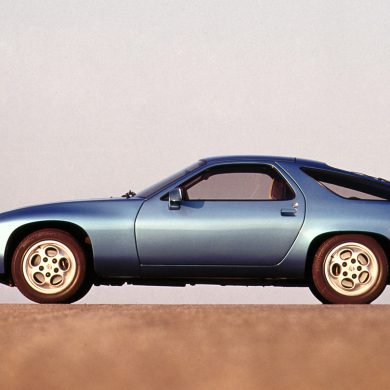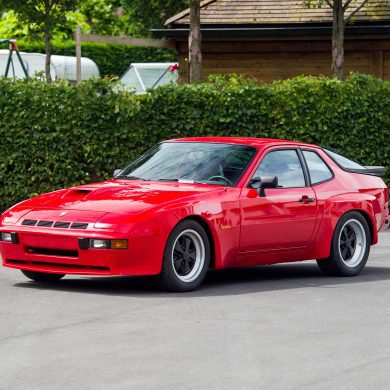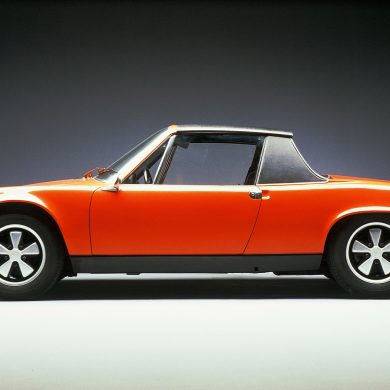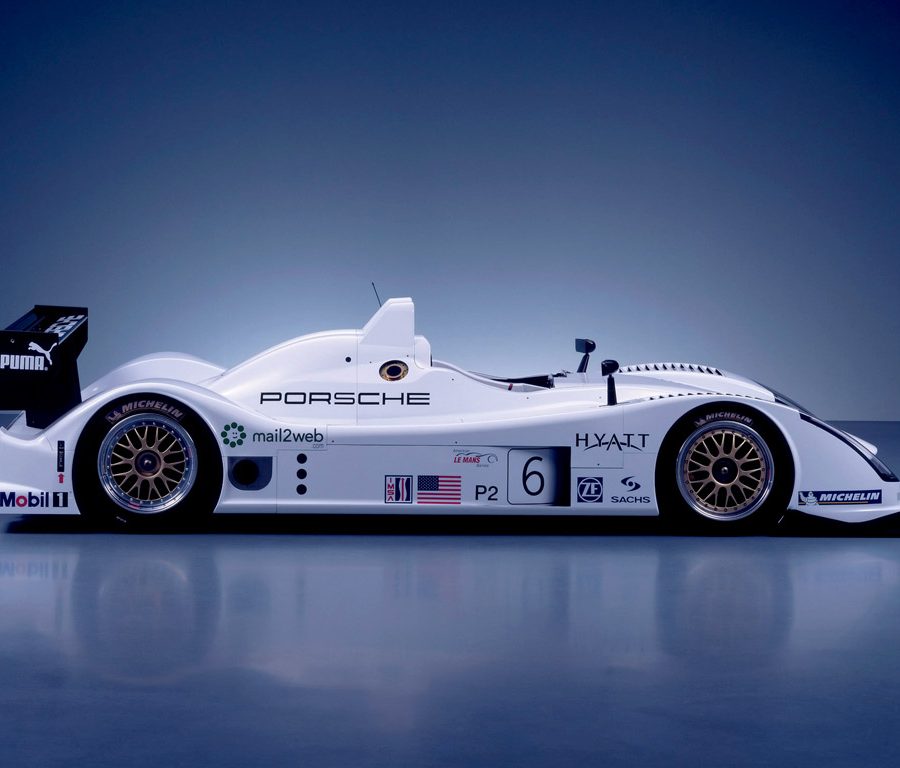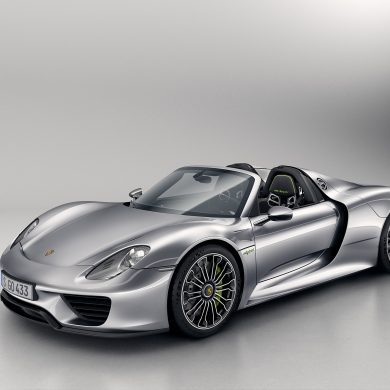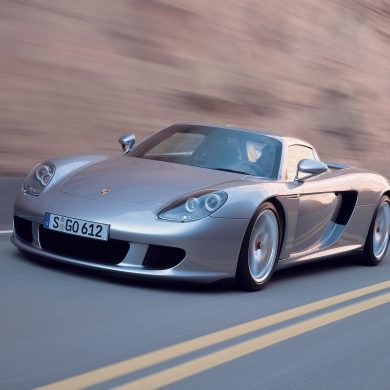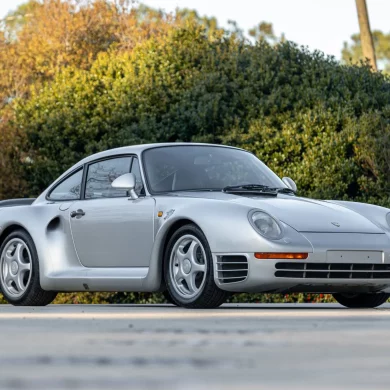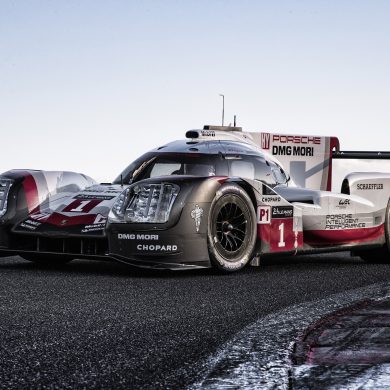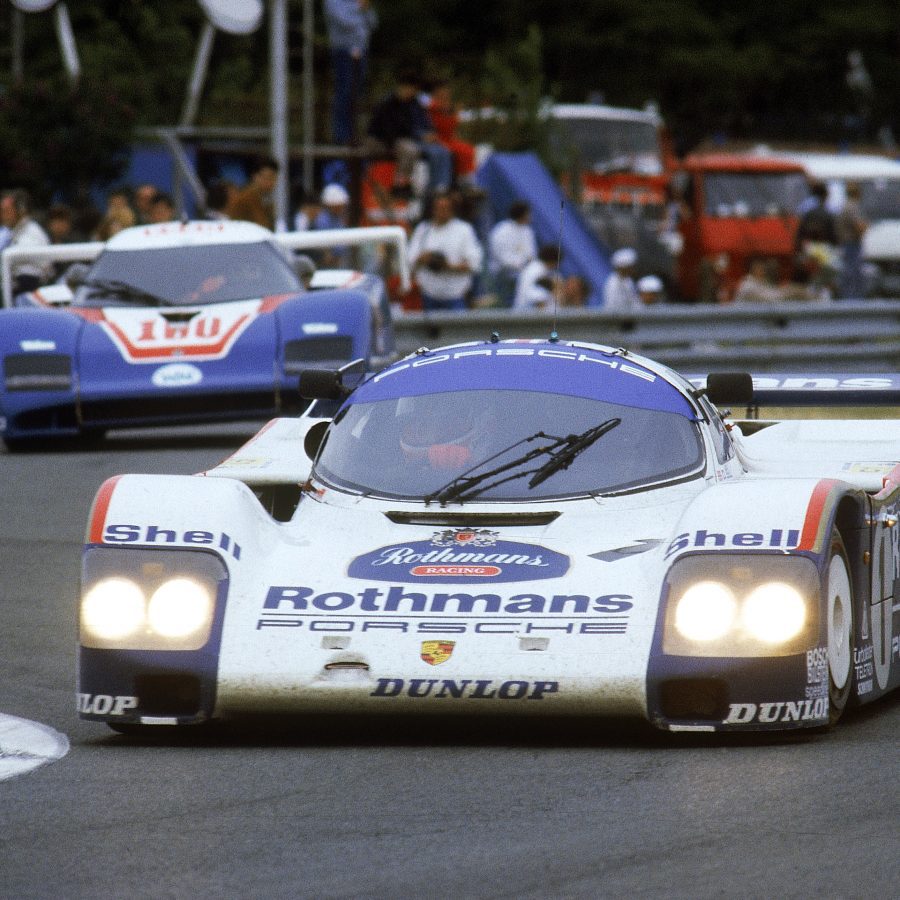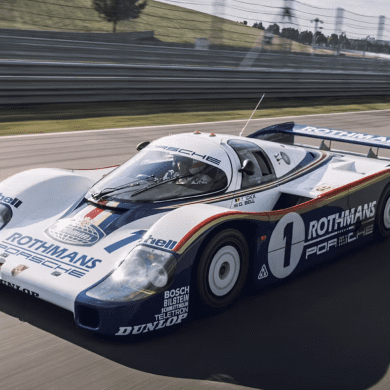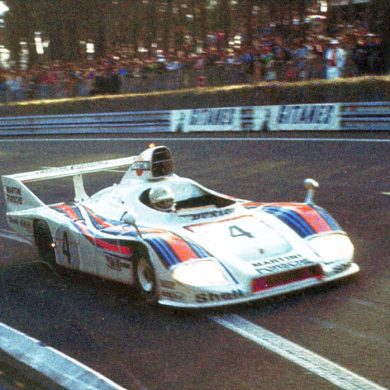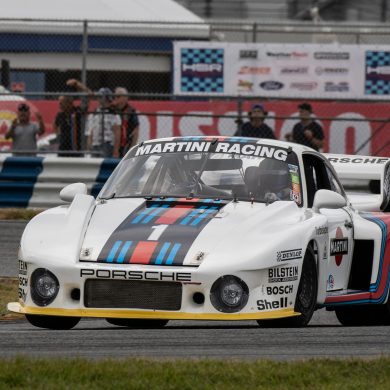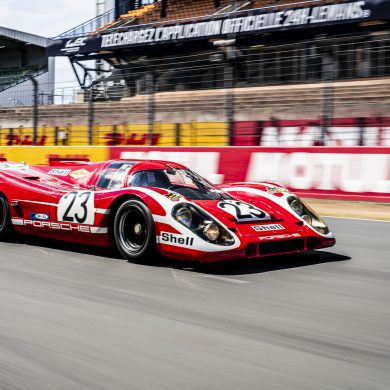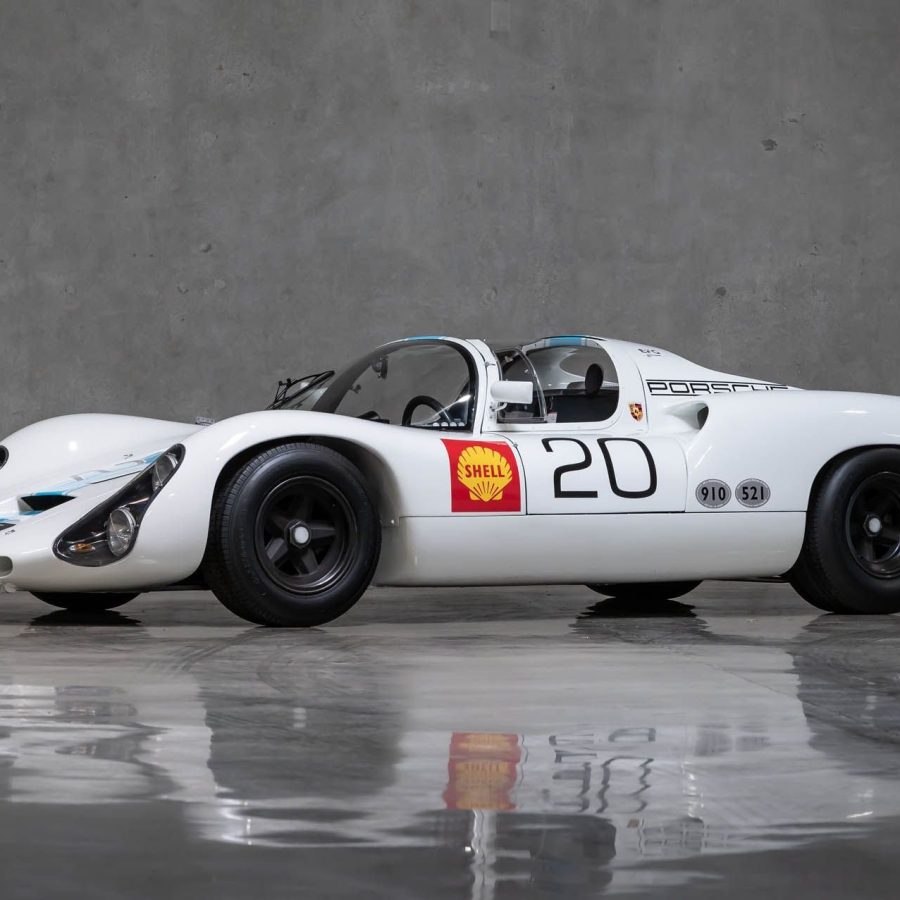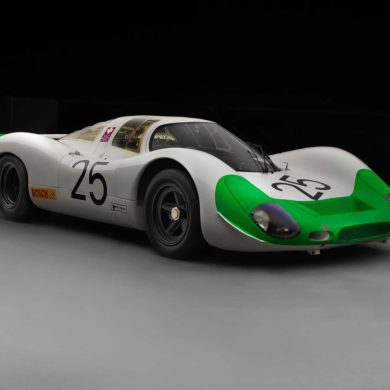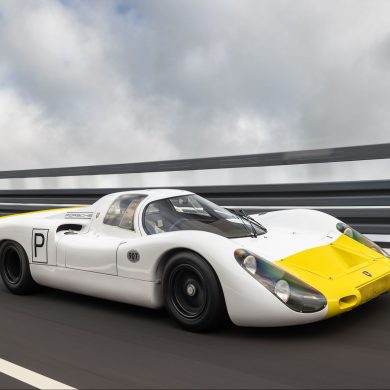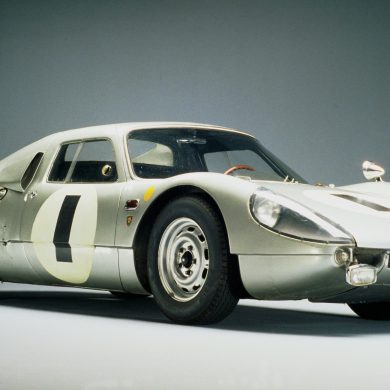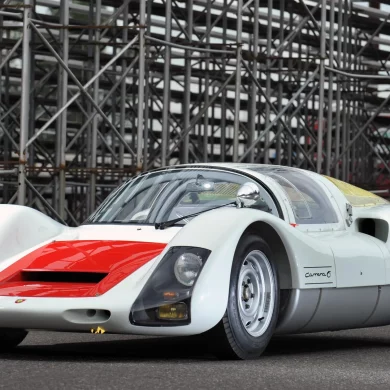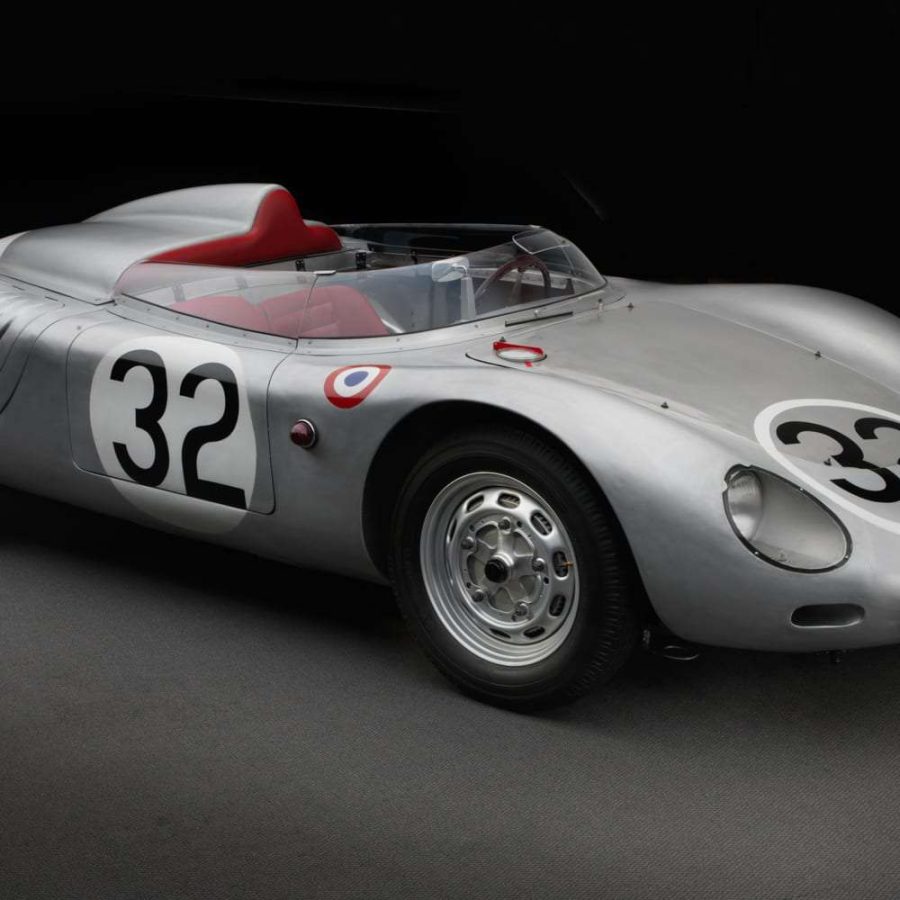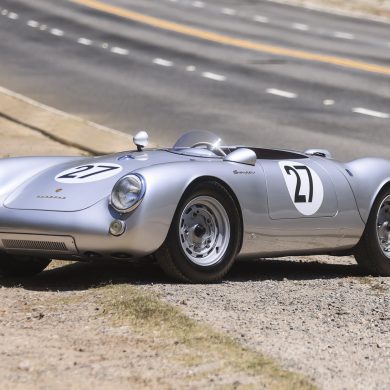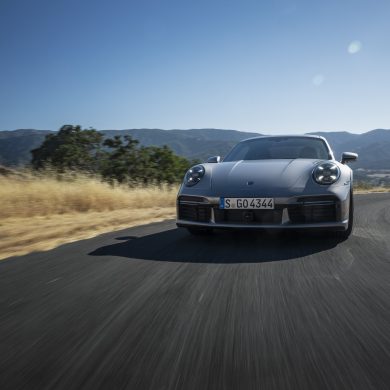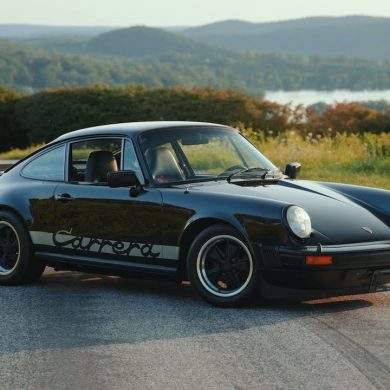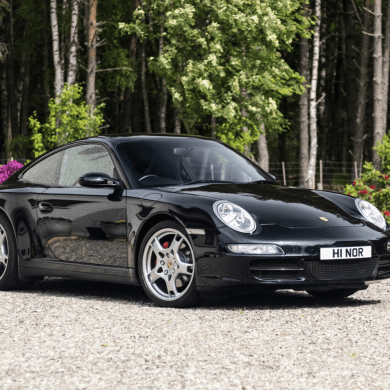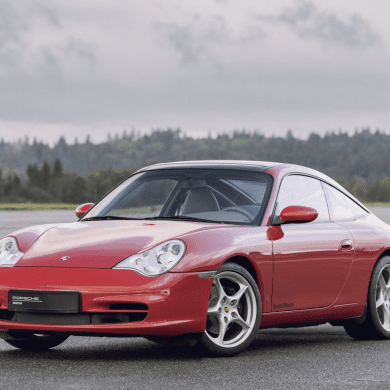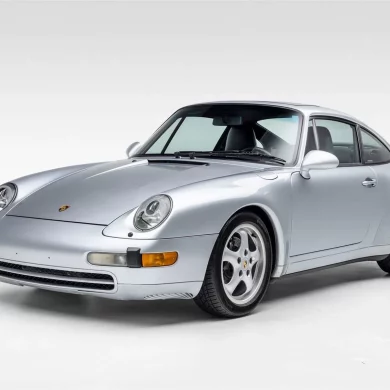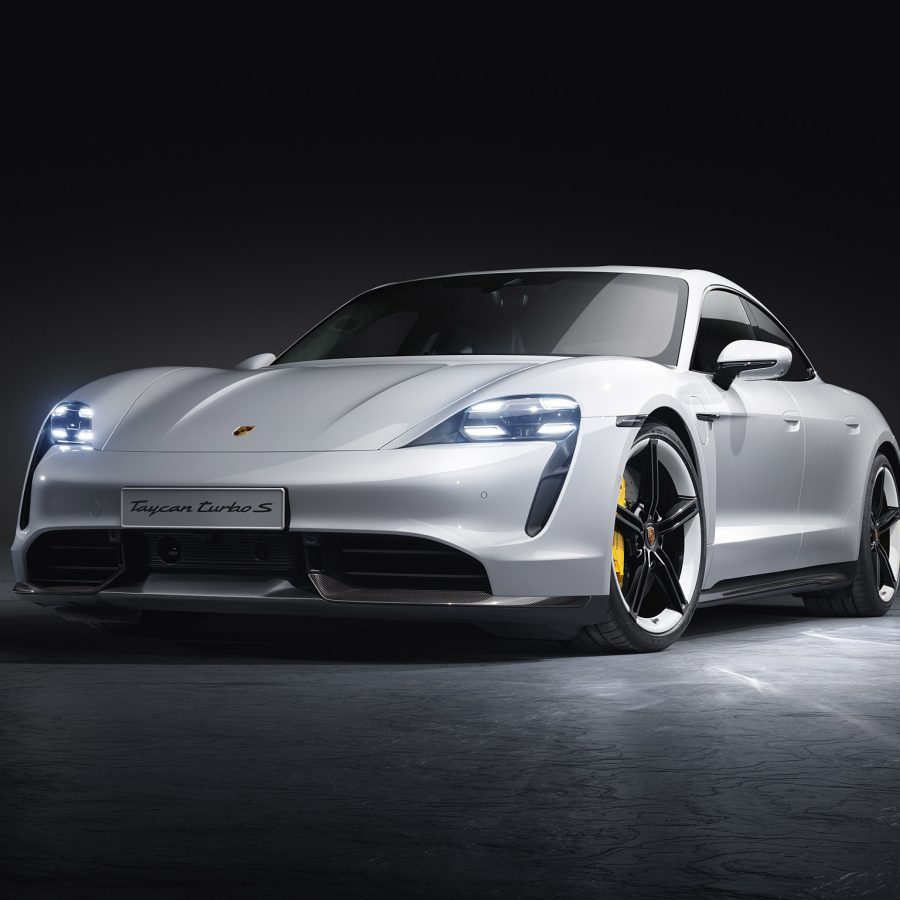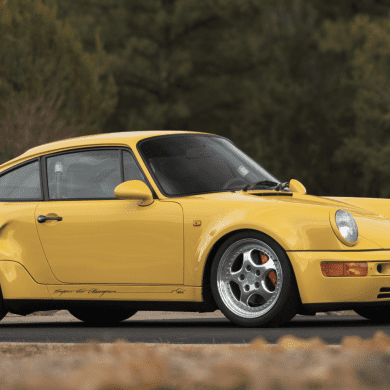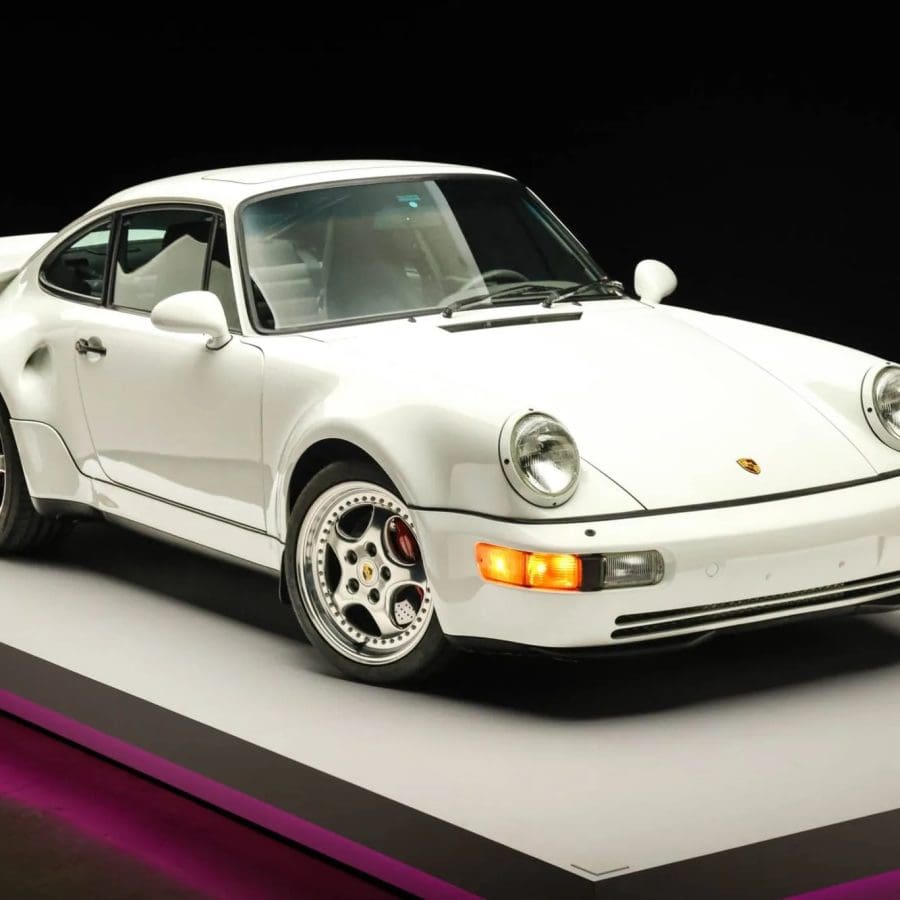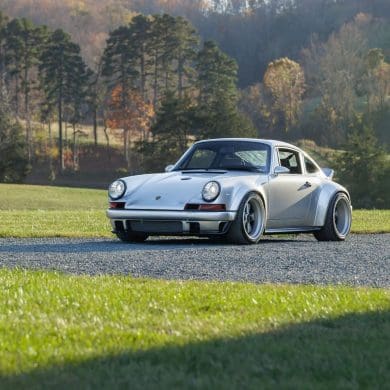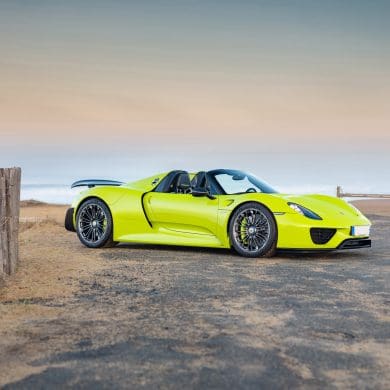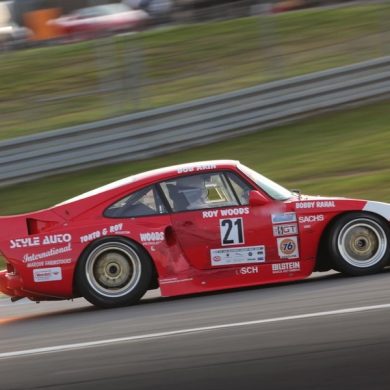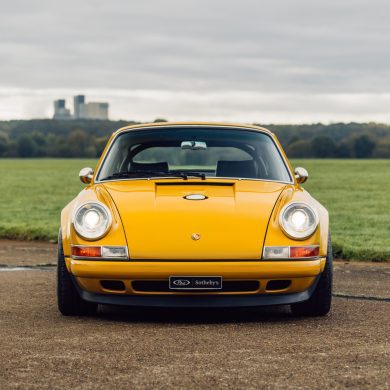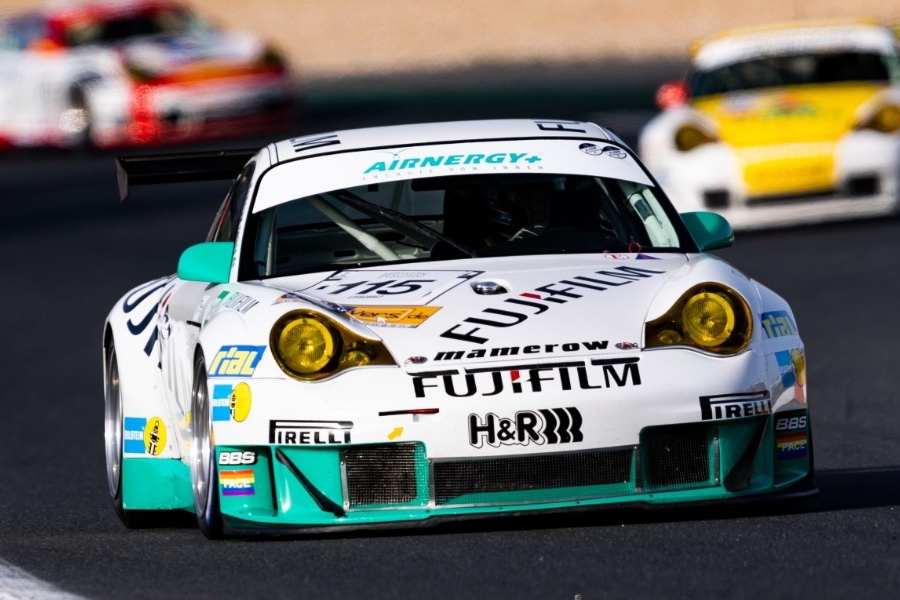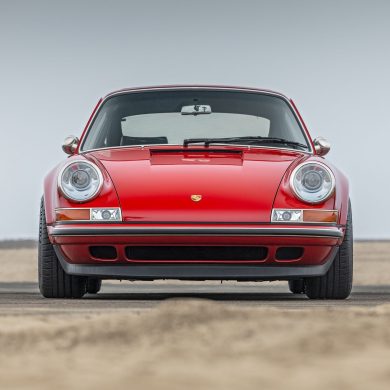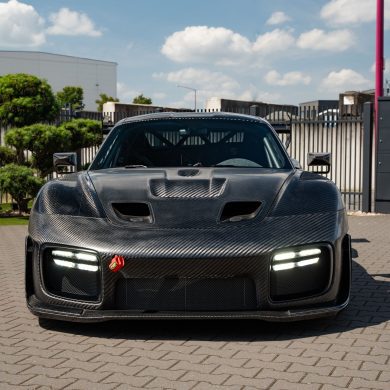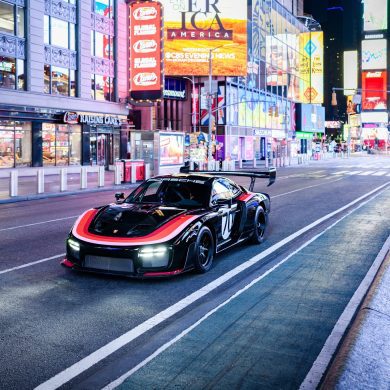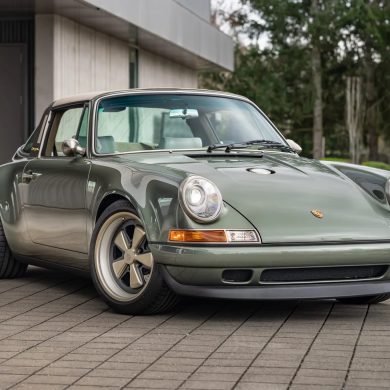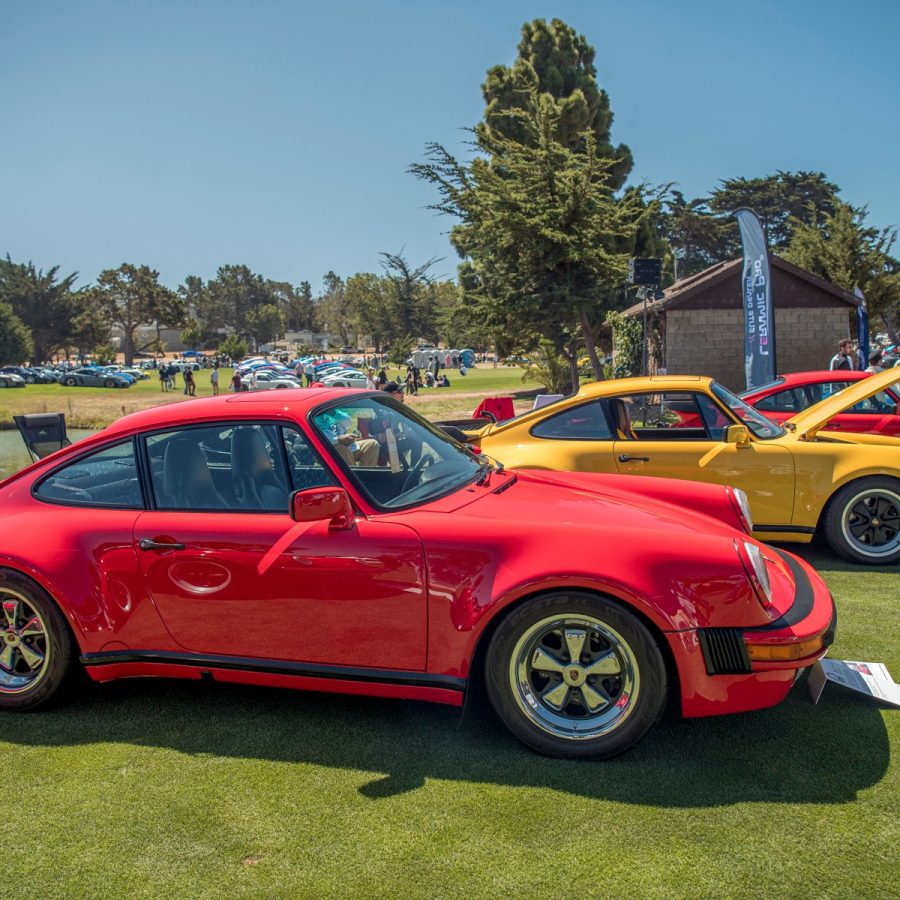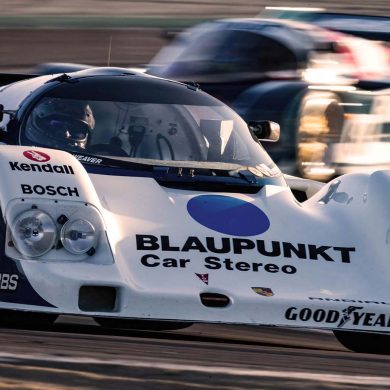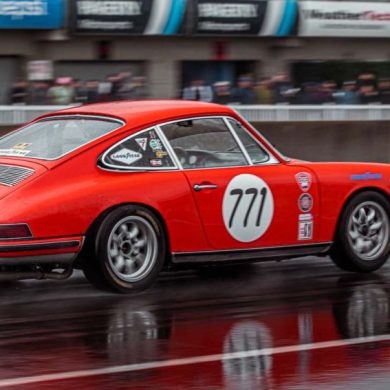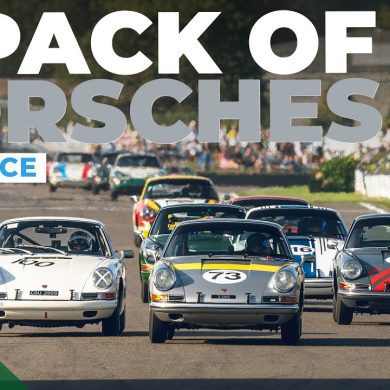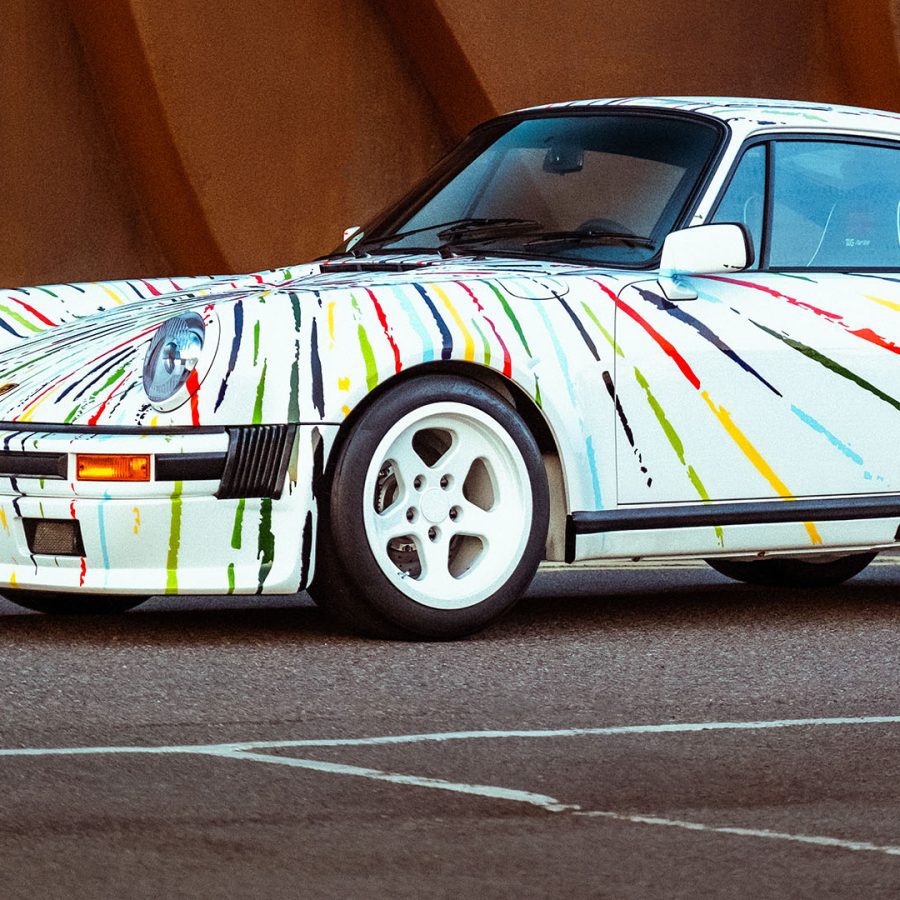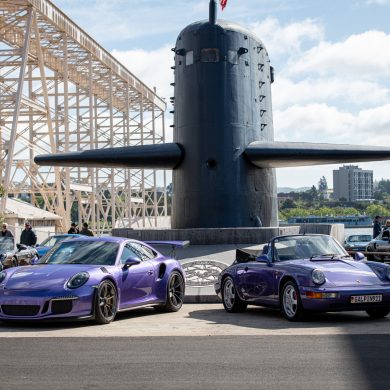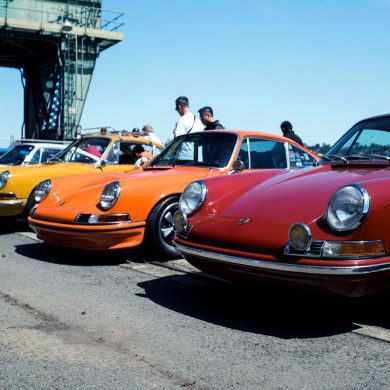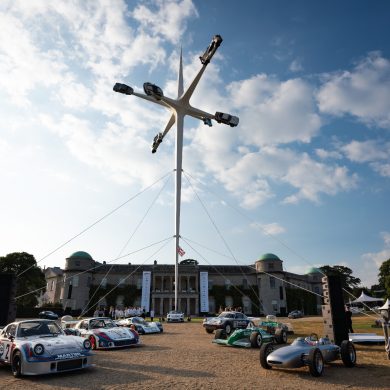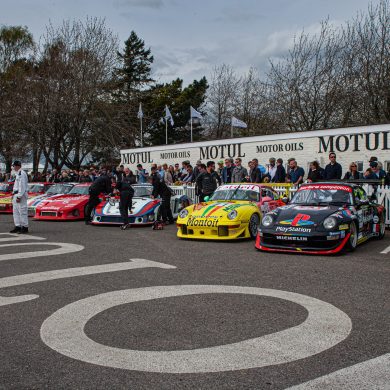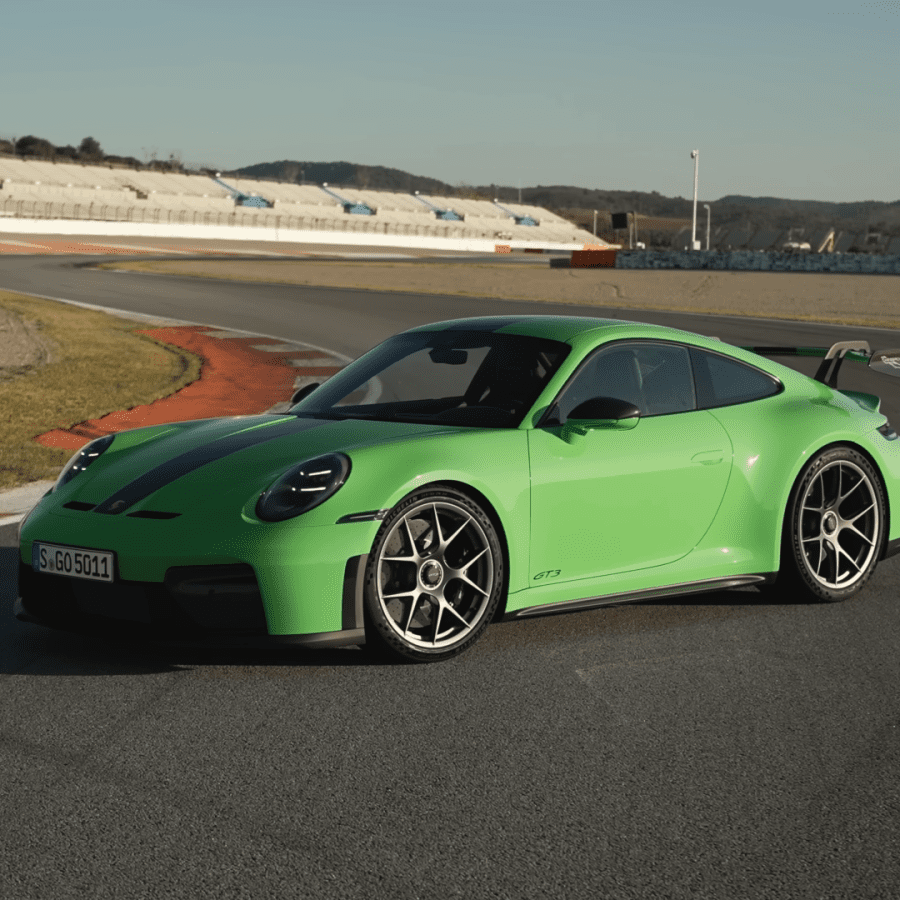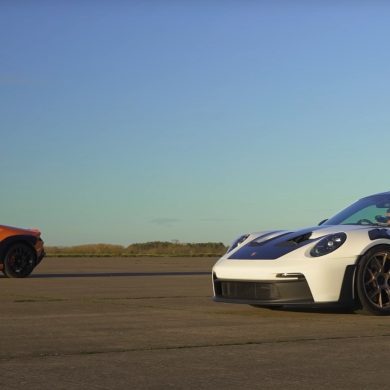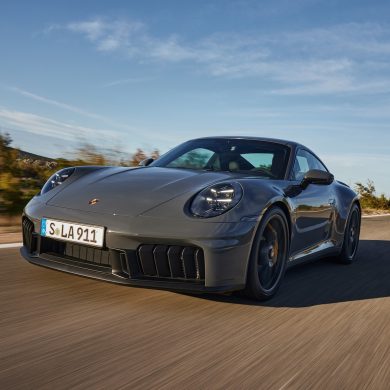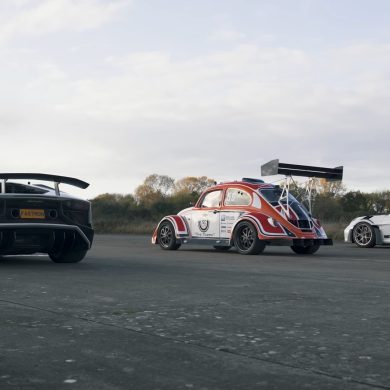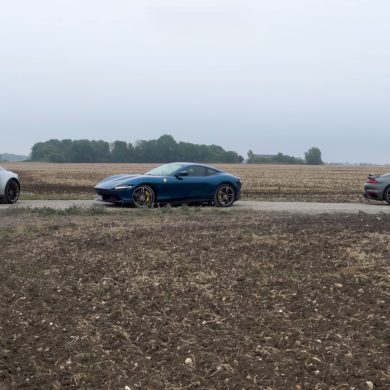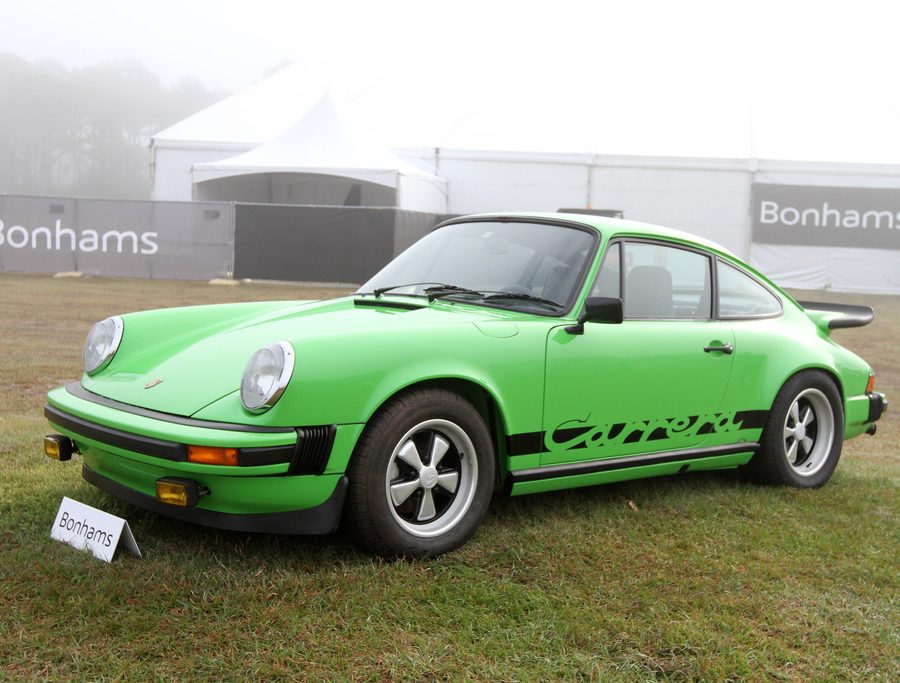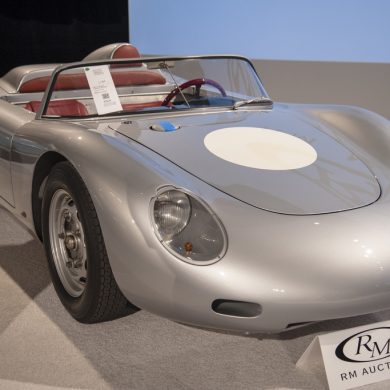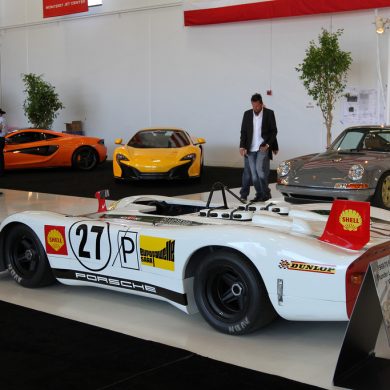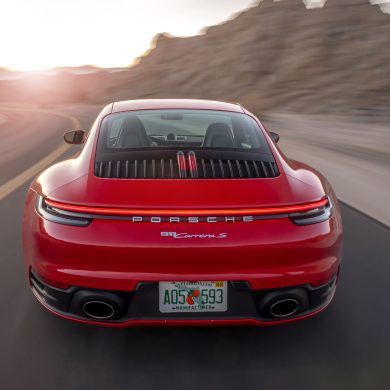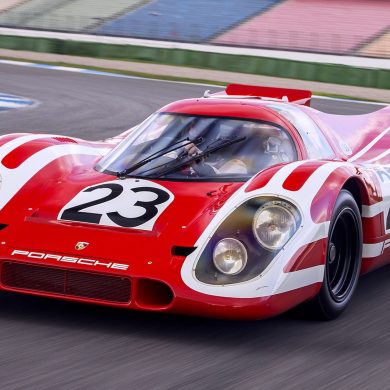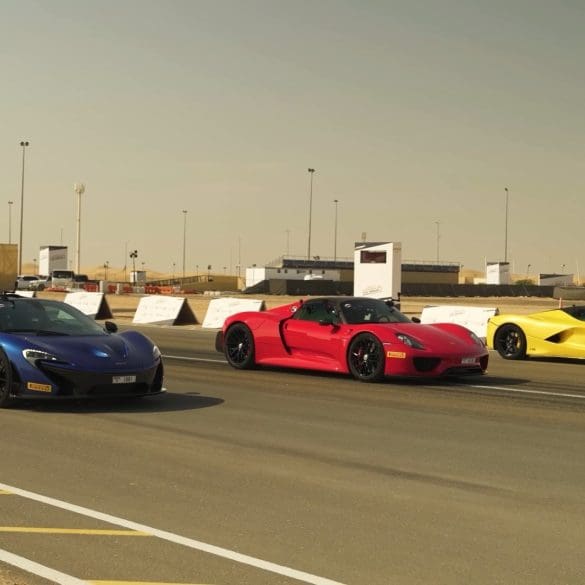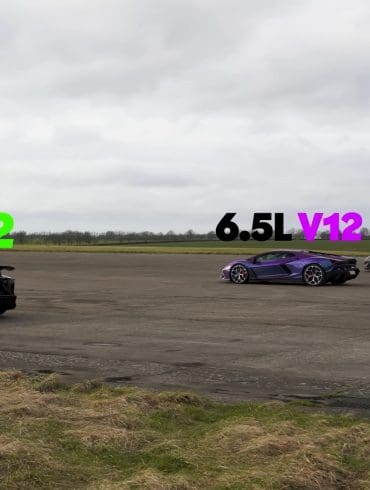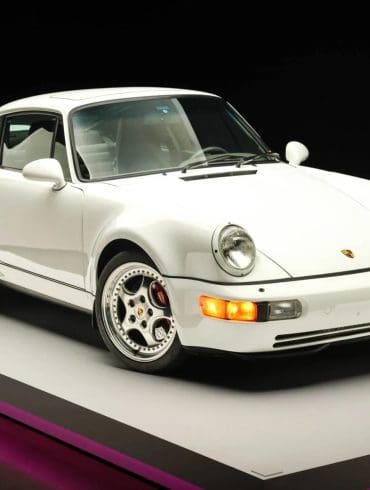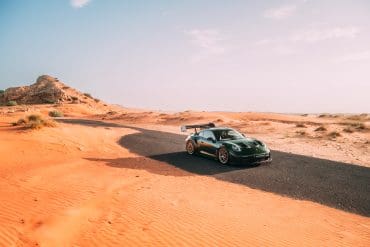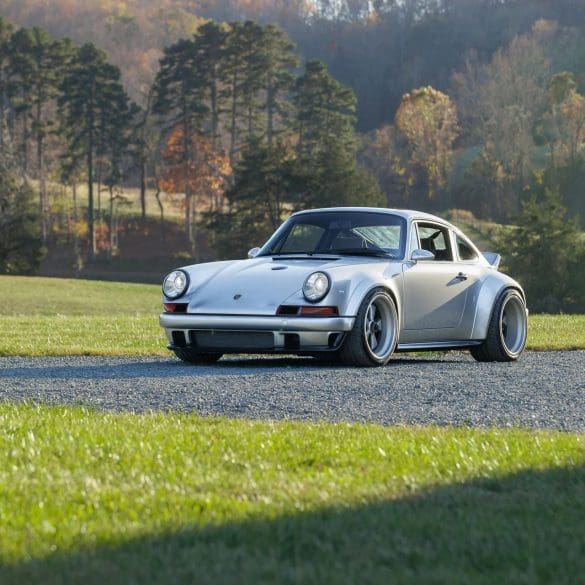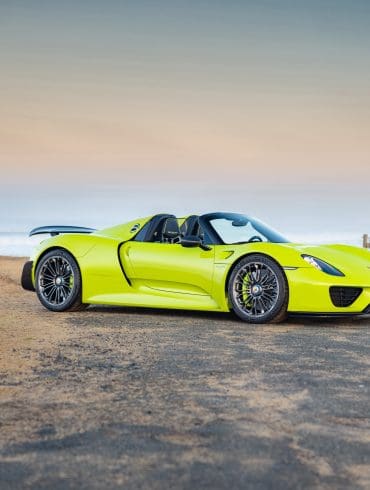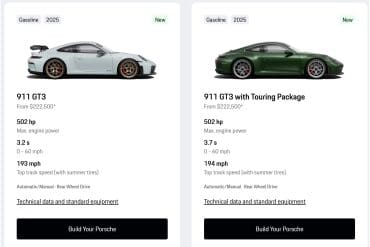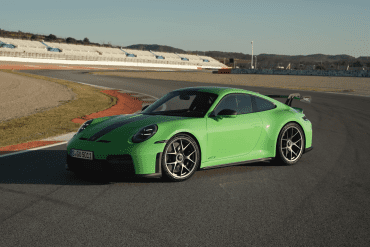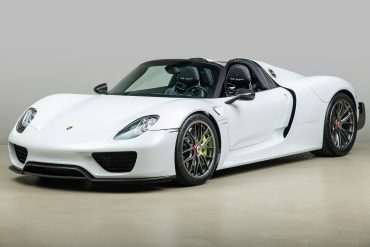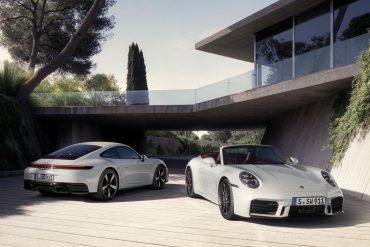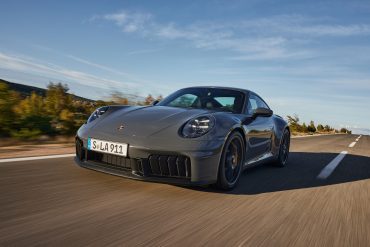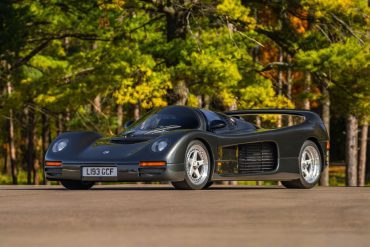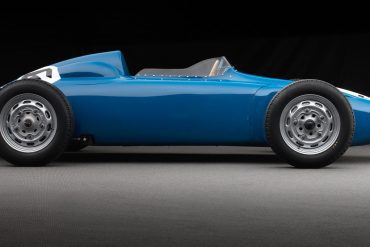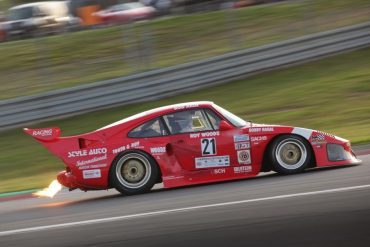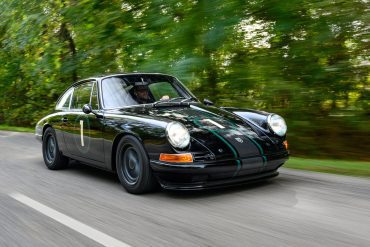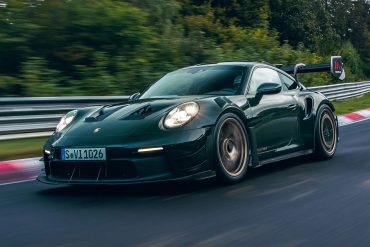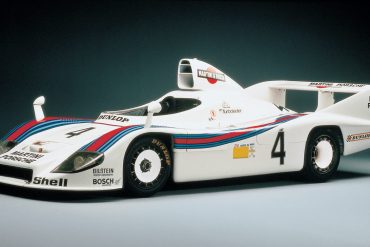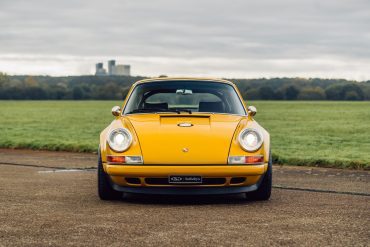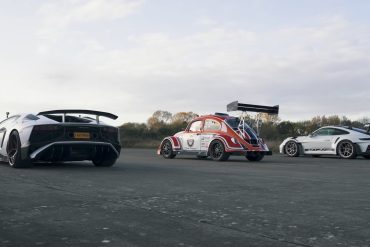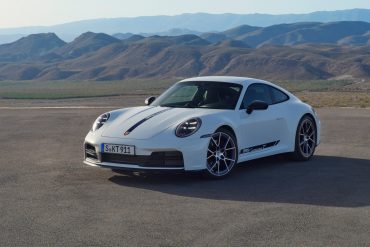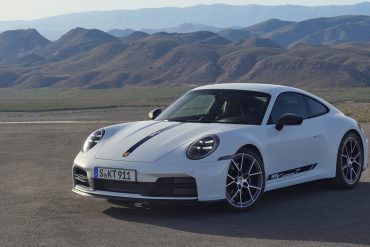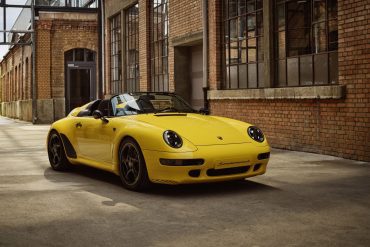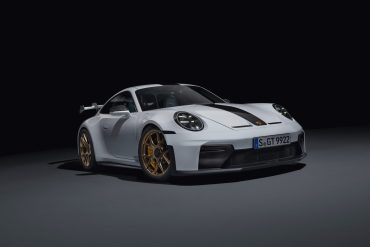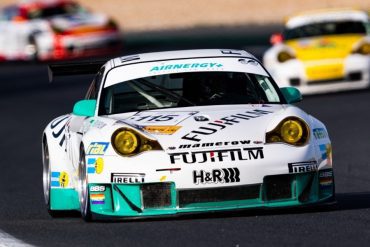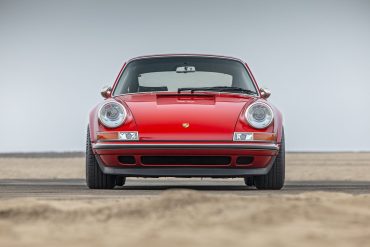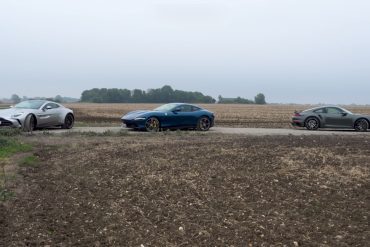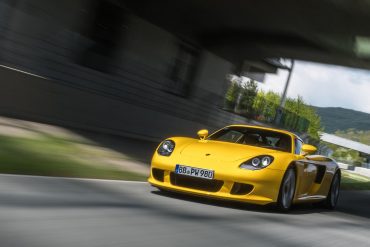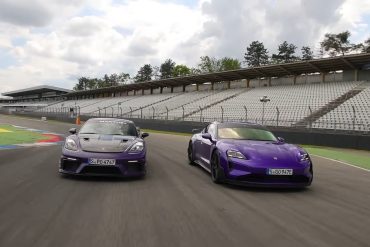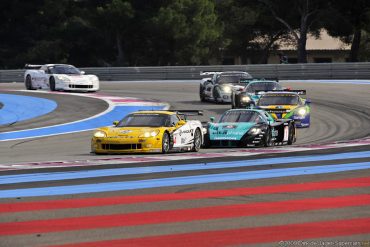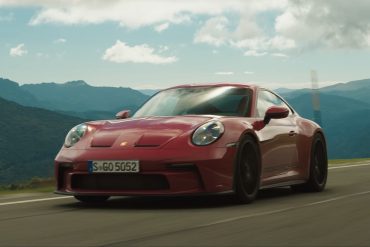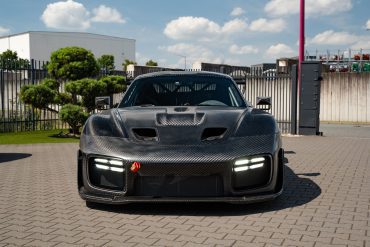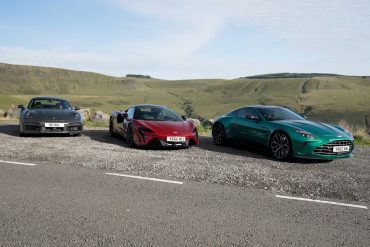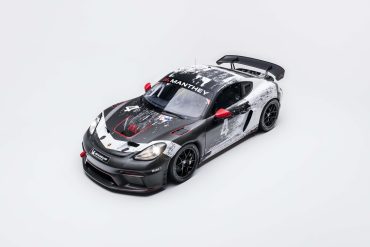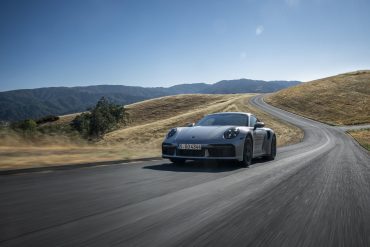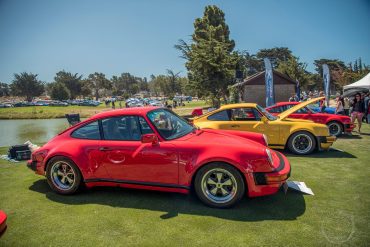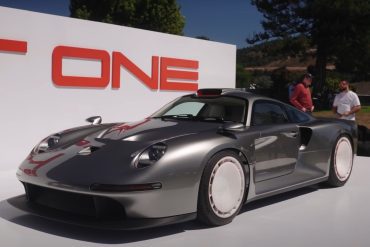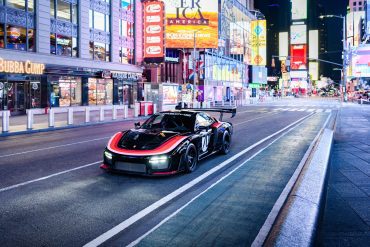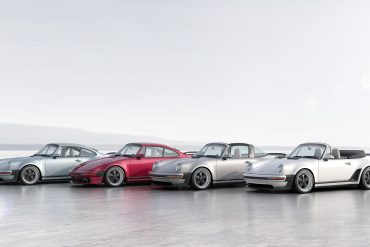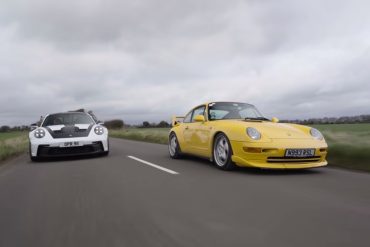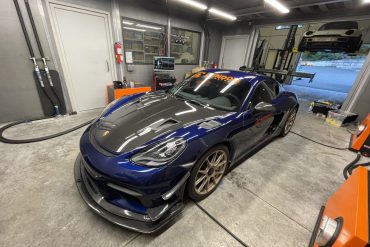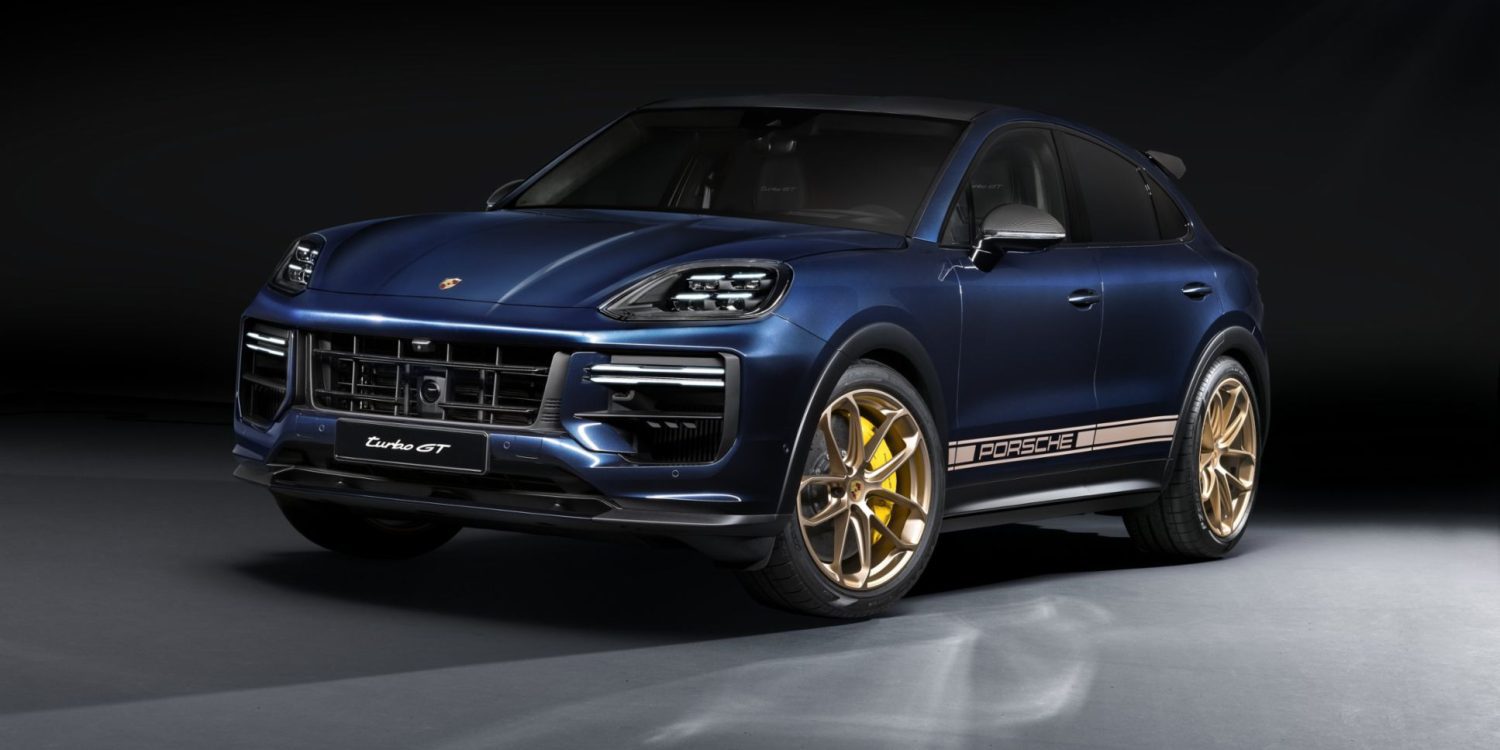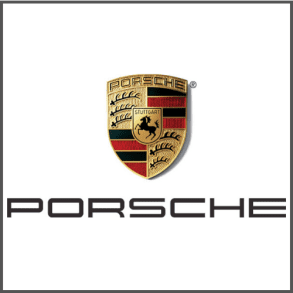
Porsche
Research, History, Reviews, Media & More
News / Models / Current Lineup / Model Hubs / Features / The Market / Events / Videos / Images
The Porsche name has become synonymous with sports cars and race cars because that is what company founders Ferdinand Porsche and his son Ferdinand (“Ferry”) set out to build when they first set up shop with 200 workers in 1948.
While it is currently a thriving brand under the Volkswagen Automotive Group, standing alongside Lamborghini, Audi, and Bugatti this car company has a colorful history and iconic cars list that goes way deeper than most Cayenne, Macan and Panamera buyers will ever know.
Ferdinand Porsche’s first iconic vehicle was not under his own marque, but what we all know as “Volkswagen” or “The People’s Car”. The Volkswagen Beetle was his creation and was the stepping stone to a racing history with the 911 as a cornerstone. World War II changed things and the man was ousted out of the Volkswagen company, forcing him and his son to form their own car company, Porsche.
There first hit was the 356. Though sporting just 40 horsepower from a rear-mounted, slightly souped-up Beetle engine, the first Porsche quickly made its mark with agile handling, as well as attributes almost unknown among sportscars of the day — comfort and reliability. Porsche introduced its own engines in the mid-1950s, along with more powerful versions of the 356. After the 356 came a true legend among modern automobiles, the Porsche 911. Ahead of its time when introduced in 1964, the rear-engine 911 has continued to evolve since then and is considered by most the ultimate sports car.
Porsche introduced a series of front-engine models in the 1970s, starting with the four-cylinder 924 (1976) and the unrelated 928 powered by the company’s first V-8 engine (1978). From the 924 sprang the more powerful and sophisticated 944 and 944 Turbo, and finally the 968 in the early ‘90s. Porsche retired both the 968 and 928 in 1995 to focus on development of the rear-engine 911 and mid-engine Boxster.
Porsche is also synonymous with racing, and Porsche cars began competing almost immediately. To date, Porsche cars have won an estimated 24,000 auto races around the world, including more than 50 class wins at Le Mans. You can see why the way people talk about Porsche with reverence. No other car company has the same credentials. No other car company has so many hits. Porsche has built some of the most amazing cars ever.
Porsche Company Basics
Founded: 1931
Founder: Ferdinand Porsche
Country: Germany
Ownership: VW
Headquarters: Stuttgart, Germany
The Porsche Logo
The Porsche logo was based on the Free People’s State of Württemberg’s coat of arms, which is why it comes in the shape of a crest — to align with the traditions of Württemberg-Baden. Stuttgart used horses in its city seal, inspiring Porsche to make a black horse the centerpiece of its logo which represents power and the seal of Stuttgart.
More Porsche
The perfect race car crosses the finish line first and then crumbles into its individual parts.
Ferdinand Porsche
Porsche - A Brief History
The People’s Car
Ferdinand Porsche started his company as a consulting firm in 1931 but was assigned by the German government to design a car for the people. The company was to be called ‘Volkswagen’ or ‘The People’s Car’. Given strict parameters such as keeping the car air-cooled so it’s easier to maintain, Ferdinand Porsche designed and concocted the Volkswagen Type 1, or what we know as the original ‘Beetle’.
Making Things Work
World War II then started, turning the Volkswagen factory to build military-spec versions of the Type 1, the Type 82 Kübelwagen and the amphibious Type 166 Schwimmwagen.
When World War II ended, Ferdinand Porsche was removed from the Volkswagen company and was arrested for war crimes. He was not tried and was released after 20 months of imprisonment to produce his first car under his own brand, the Porsche 356.
Since Germany was still recovering from the war, their Porsche parts were shared with the Volkswagen Beetle such as the engine case, transmission, and suspension. However, Porsche started manufacturing their own parts for the 356 as time went on and creating their own flavor of sports car dynamics. Their design philosophy has always been: “Put an engine in the back and make it work.” Make it work, they did.
The Evolution of a Sports Car Icon
In 1964, the 356 was in need of a refresh, so what they did was launch the 911: same engine layout, rear-mounted and air-cooled, but now with a flat-six cylinder engine. The 911 then took over the racing scene and the sports car scene as the ‘it’ car. There was still a small market for four-cylinder engines so they developed the 912, but the 911 was still the ticket to their success.
The 911 was a handful on the corners due to all the weight in the back, and physics is saying that this layout shouldn’t work. As Jeremy Clarkson, a famous car presenter once said, “It’s like looking at a horse and carriage and saying, ‘I know! Let’s put the horse in the back!’” Weight distribution is now compromised, with the weight behind the rear axles, shifting the center of gravity to the back. If you’re a novice, you could experience snap oversteer but to compensate, the rear wheels will get better traction so it’s all about race management and how daring you feel.
In 1975, they introduced a turbo version of the 911, creating the first ‘widowmaker’ sports car. It was known as that because the turbo lag is so great that if you’re not paying attention, the sudden power will send you and the 911 to the wall.
Everyone will have their stance on the 911 but we should all be fortunate that it still exists because there was a point in time where someone thought of Porsche without the 911 part of their future.
The (Failed) Changing of the Guards
Around the 1970’s, we were seeing a change for Porsche with their design philosophy: Front-mounted engines were now prevalent in the lineup. The 924 debuted, which featured a four-cylinder Volkswagen engine and was front-mounted.
1978 then brought the 928, which was a full-fledged 2+2 Grand Tourer, which featured a water-cooled, Porsche-developed V8 (their first V8 engine), and also front-mounted.
This was seen as a changing of the guard, and the 928 was intended to replace the aging 911. The design was a hit as it won the 1978 European Car of the Year and was seen as design-forward versus the competition. Here was the 928: a modern, water-cooled, pantheon of performance that appealed to the masses, going against the small, air-cooled, difficult 911 that was seen in some circles as a ‘squashed Beetle’.
Little did we know that this momentum would be halted, as 911 sales stayed strong and the rest is history. Here’s an excerpt from Peter Schultz, who was the Porsche CEO around this 928 vs. 911 battle,
“The decision to keep the 911 in the product line occurred one afternoon in the office of Dr. Helmuth Bott de:Helmuth Bott, the Porsche operating board member responsible for all engineering and development. I noticed a chart on the wall of Professor Bott's office. It depicted the ongoing development schedules for the three primary Porsche product lines: 944, 928 and 911. Two of them stretched far into the future, but the 911 program stopped at the end of 1981. I remember rising from my chair, walking over to the chart, taking a black marker pen, and extending the 911 program bar clean off the chart. I am sure I heard a silent cheer from Professor Bott, and I knew I had done the right thing. The Porsche 911, the company icon, had been saved, and I believe the company was saved with it.”
A Modern Powerhouse
Nowadays, Porsche has a diverse lineup that would have been a pipe dream by Ferdinand Porsche. Beyond the 911, they offer a mid-engined coupe and convertible, the Cayman/Boxster/718, a four-door sports saloon, the Panamera, and two sports utility vehicles, the Cayenne and Macan, as well as an electric car in the Taycan and soon to be electrified sports cars.
Not only that, but they have gone head-to-head with the supercar brands and developed the Porsche 958, the most technologically advanced supercar of the 90s, and the 918, which fully embraces electric technology. The future looks great for the brand and with various vehicles covering many segments, it’s almost a guarantee that the 911 is here to stay for a very long time.
Continue Reading The Complete History Of Porsche...
